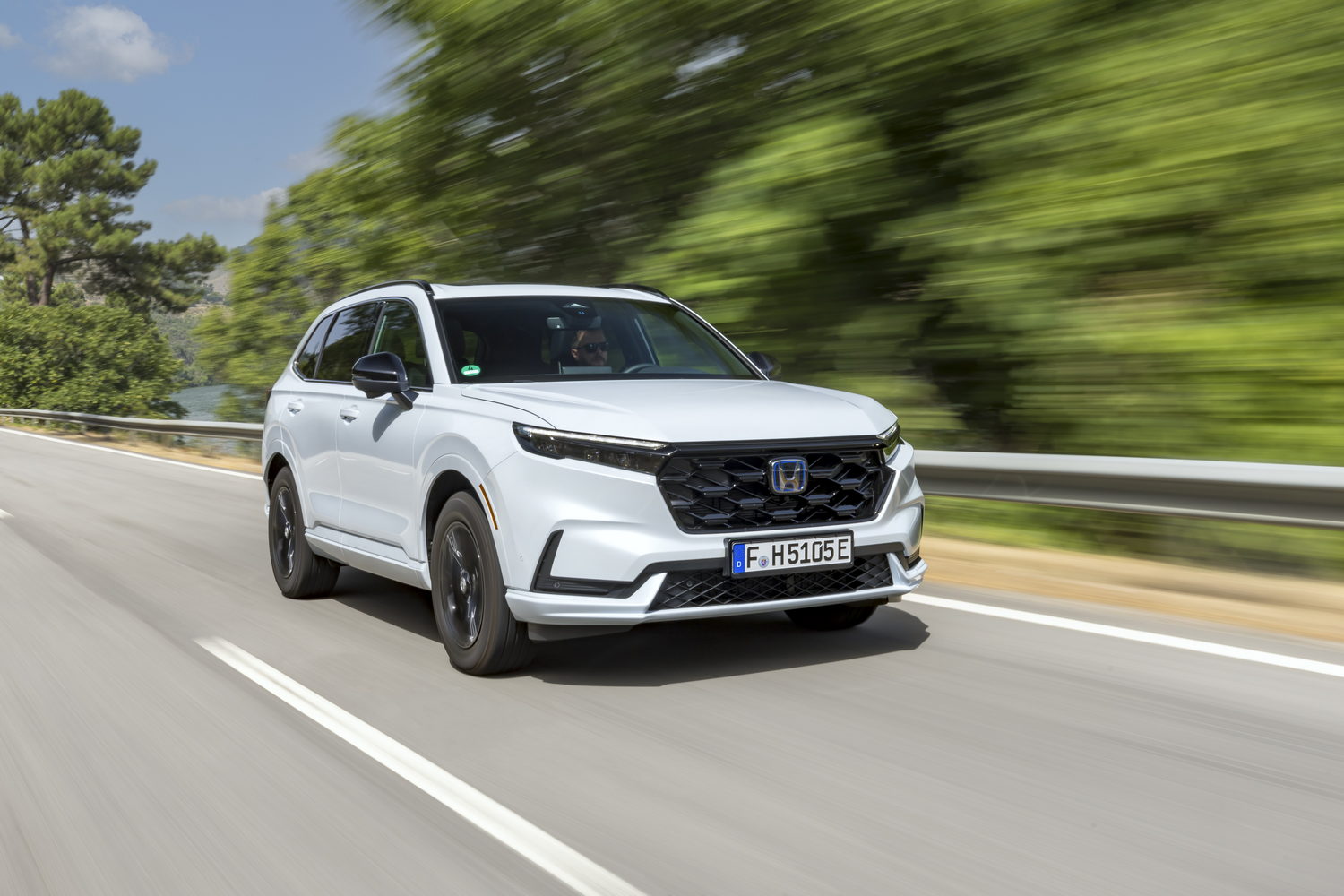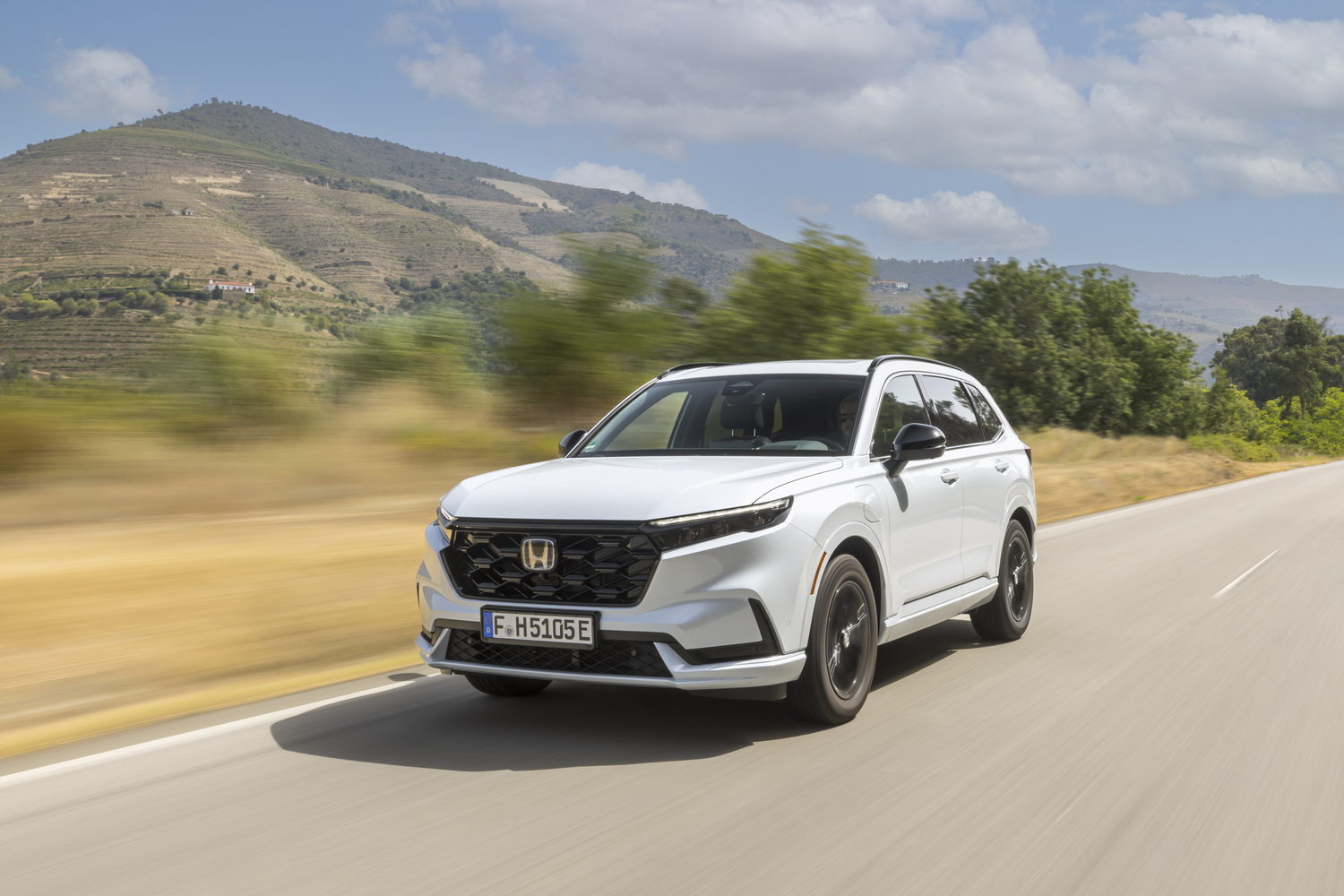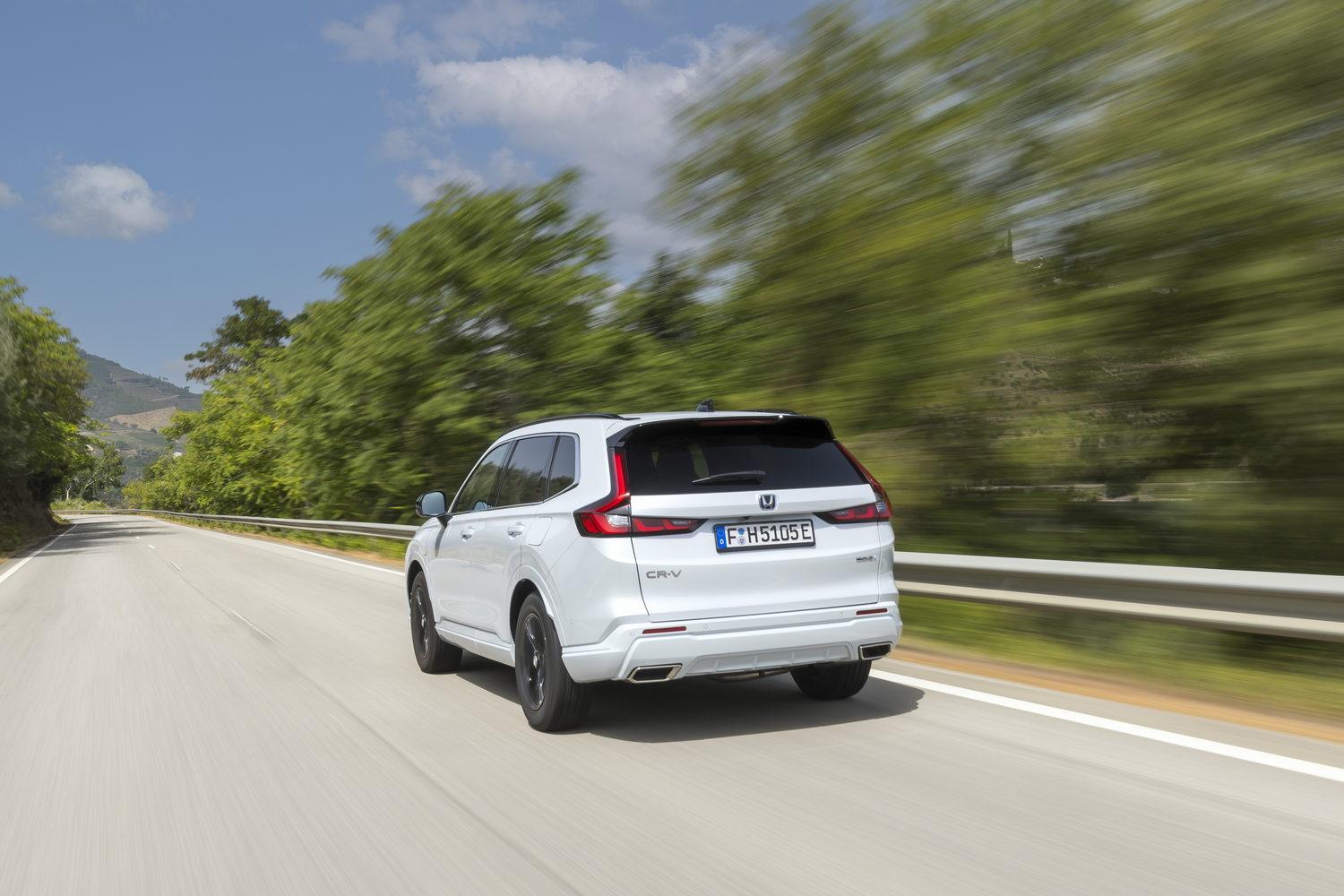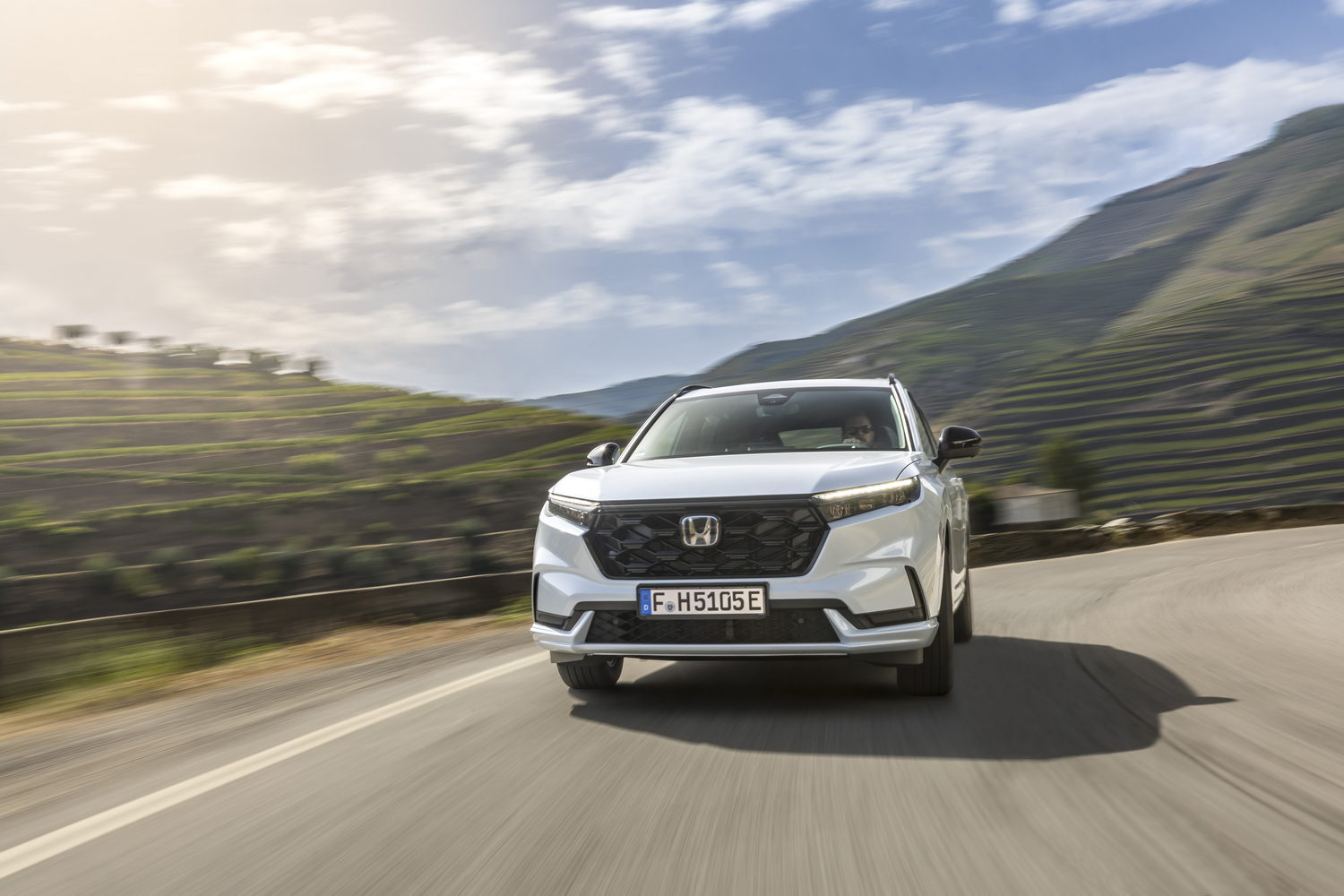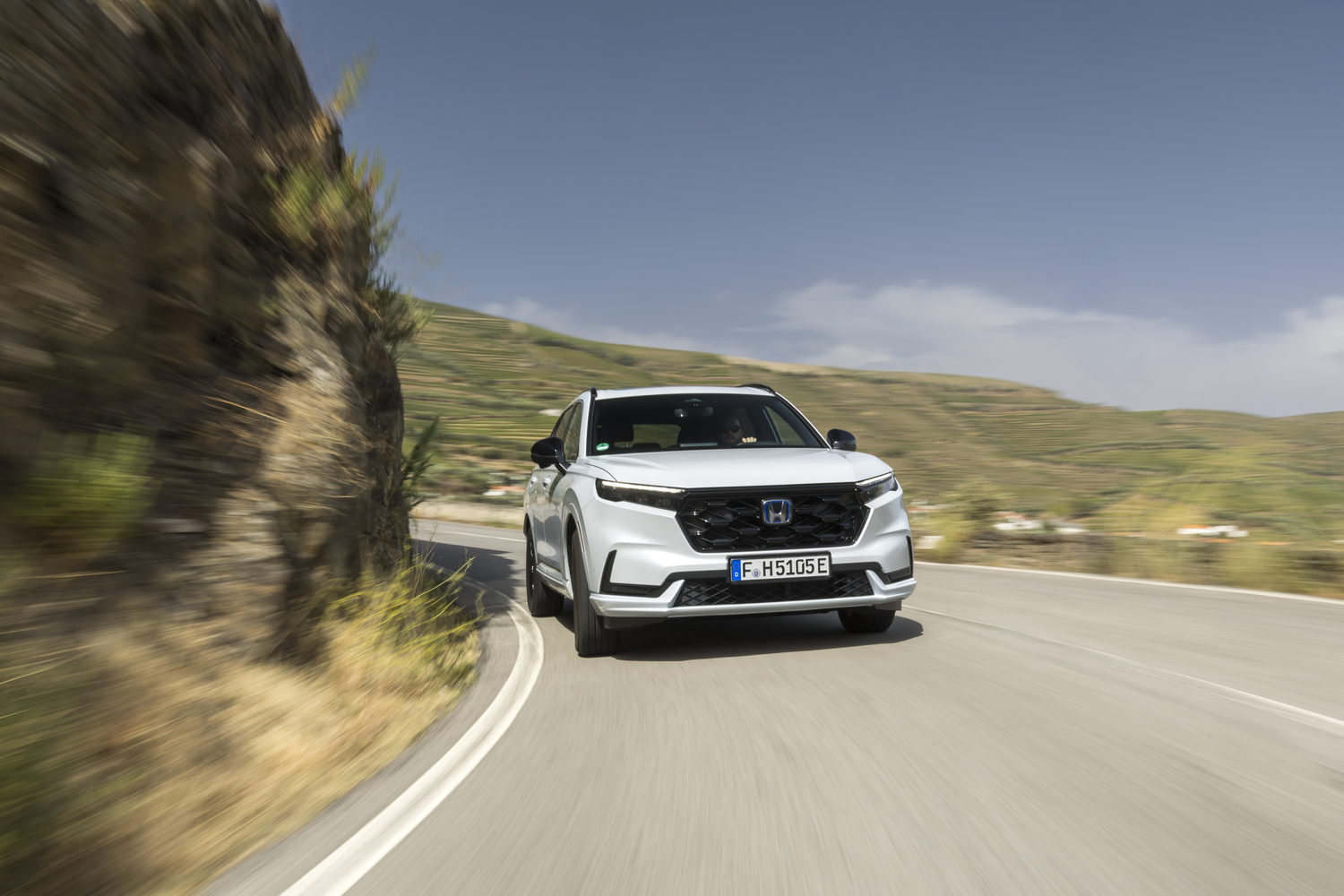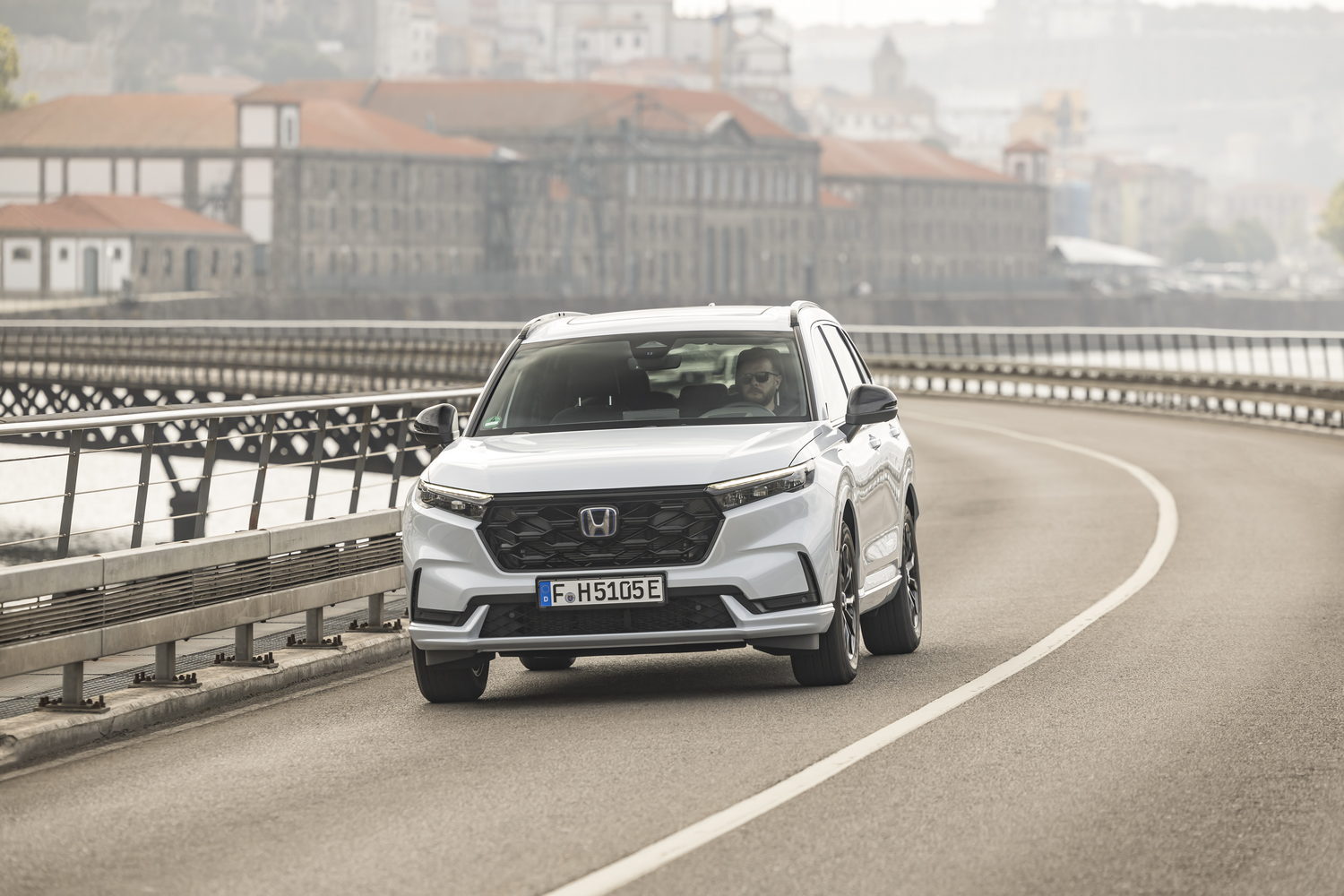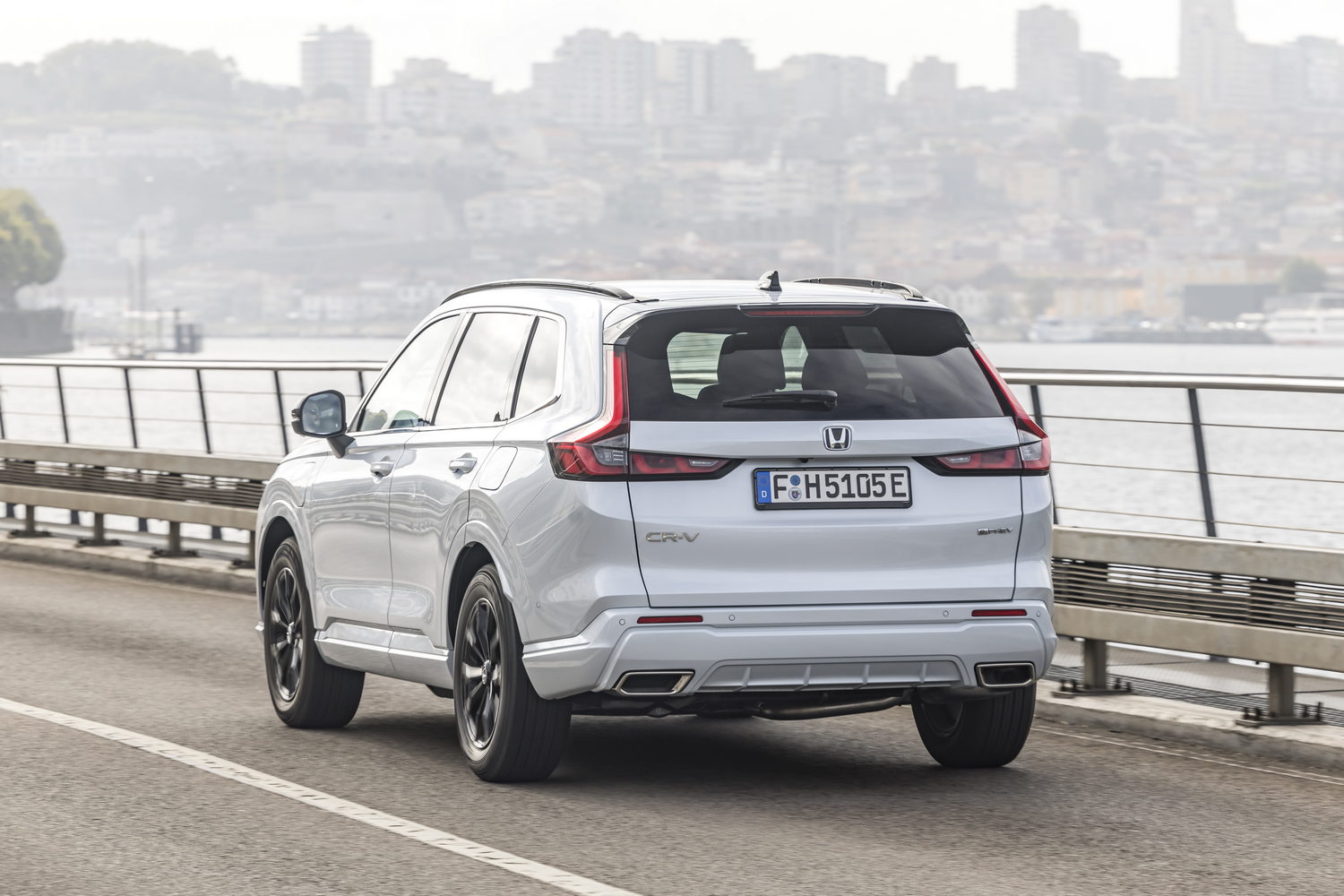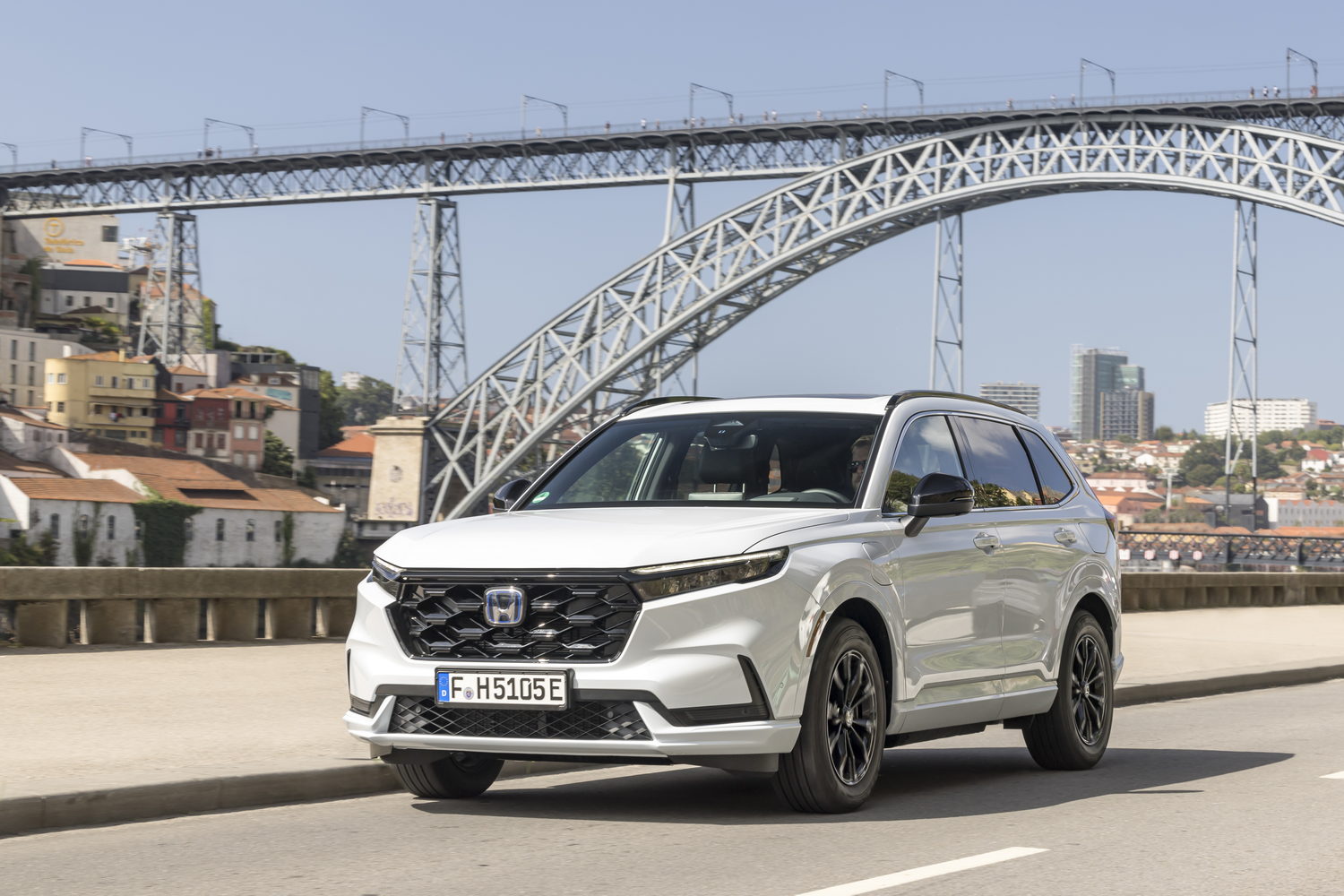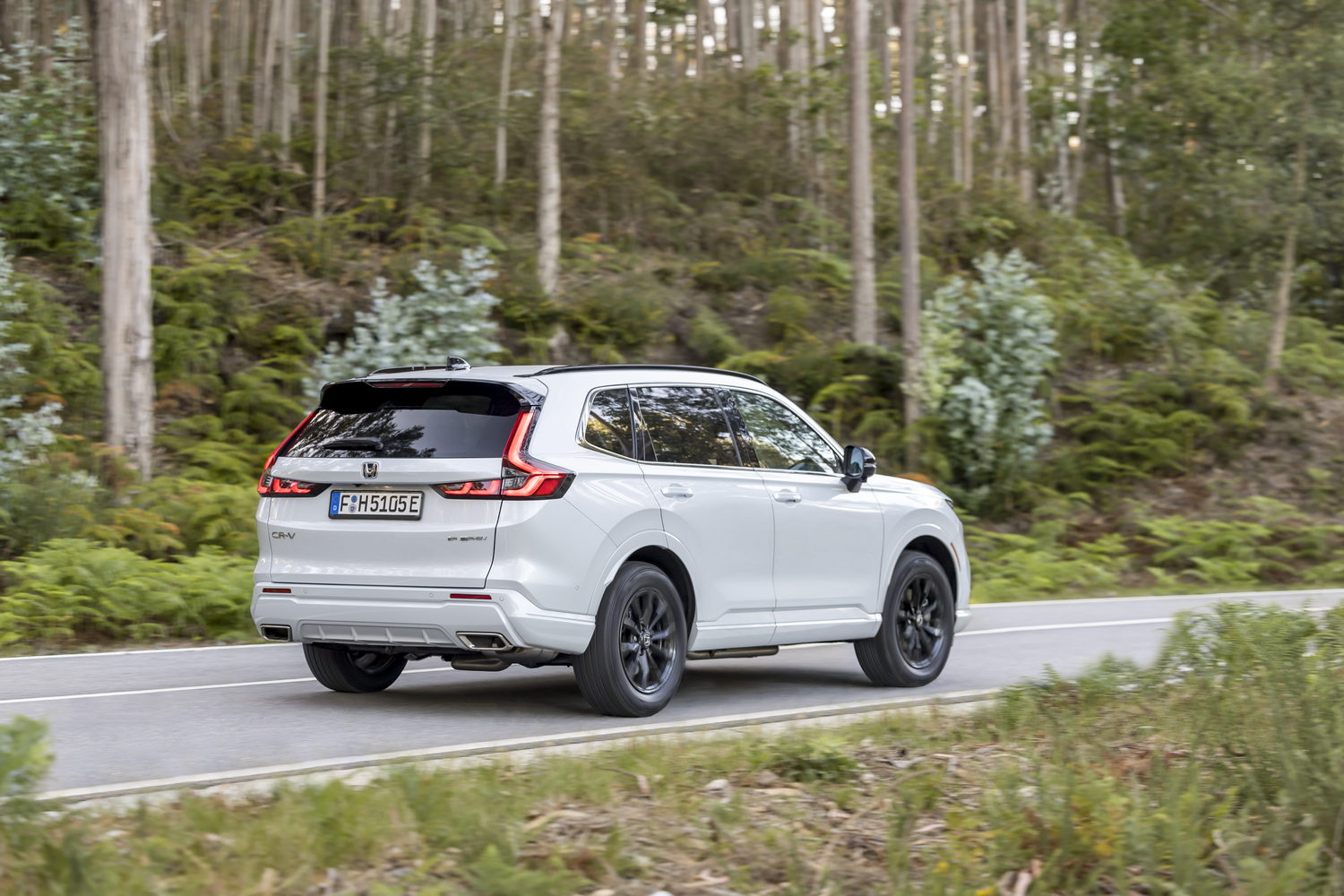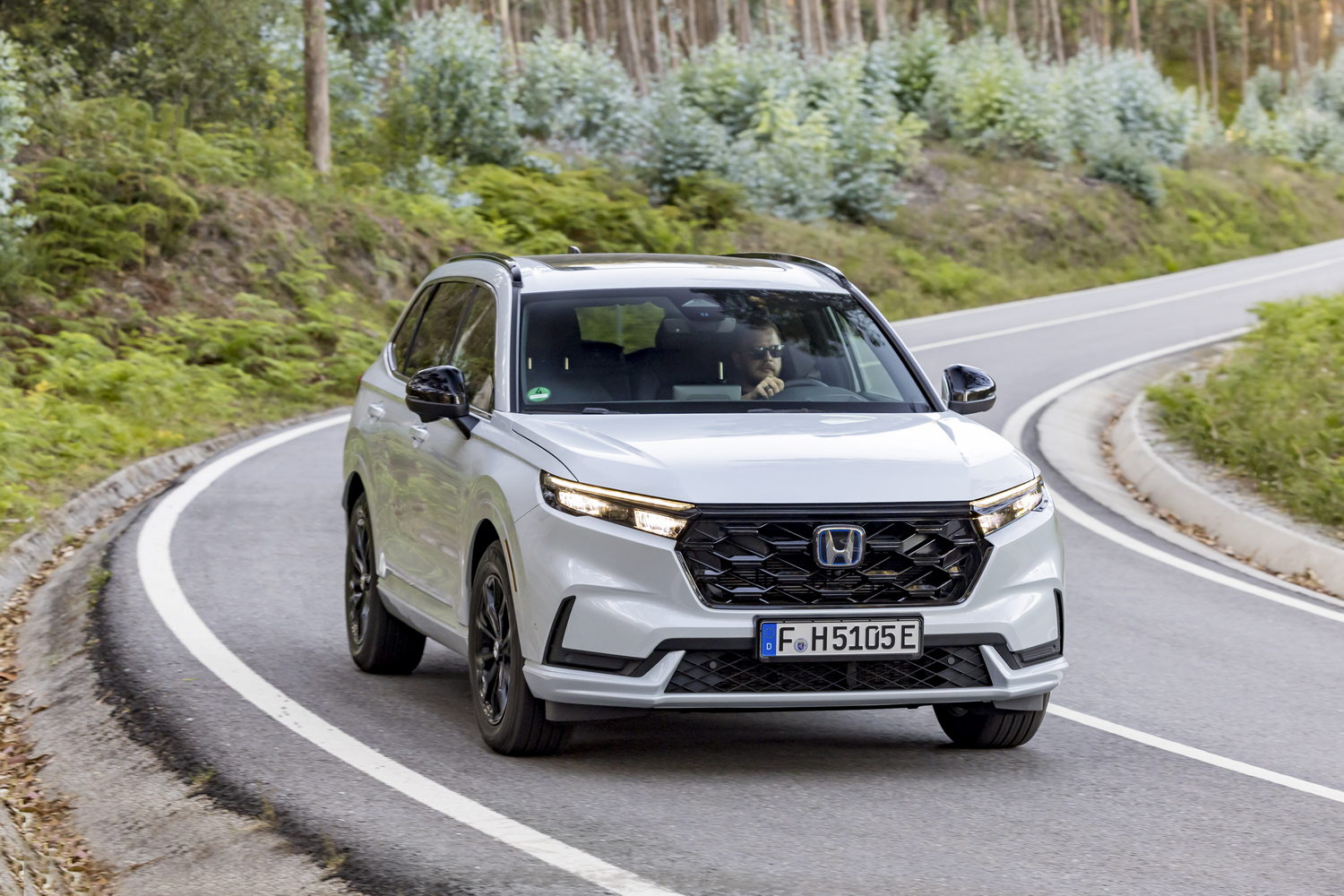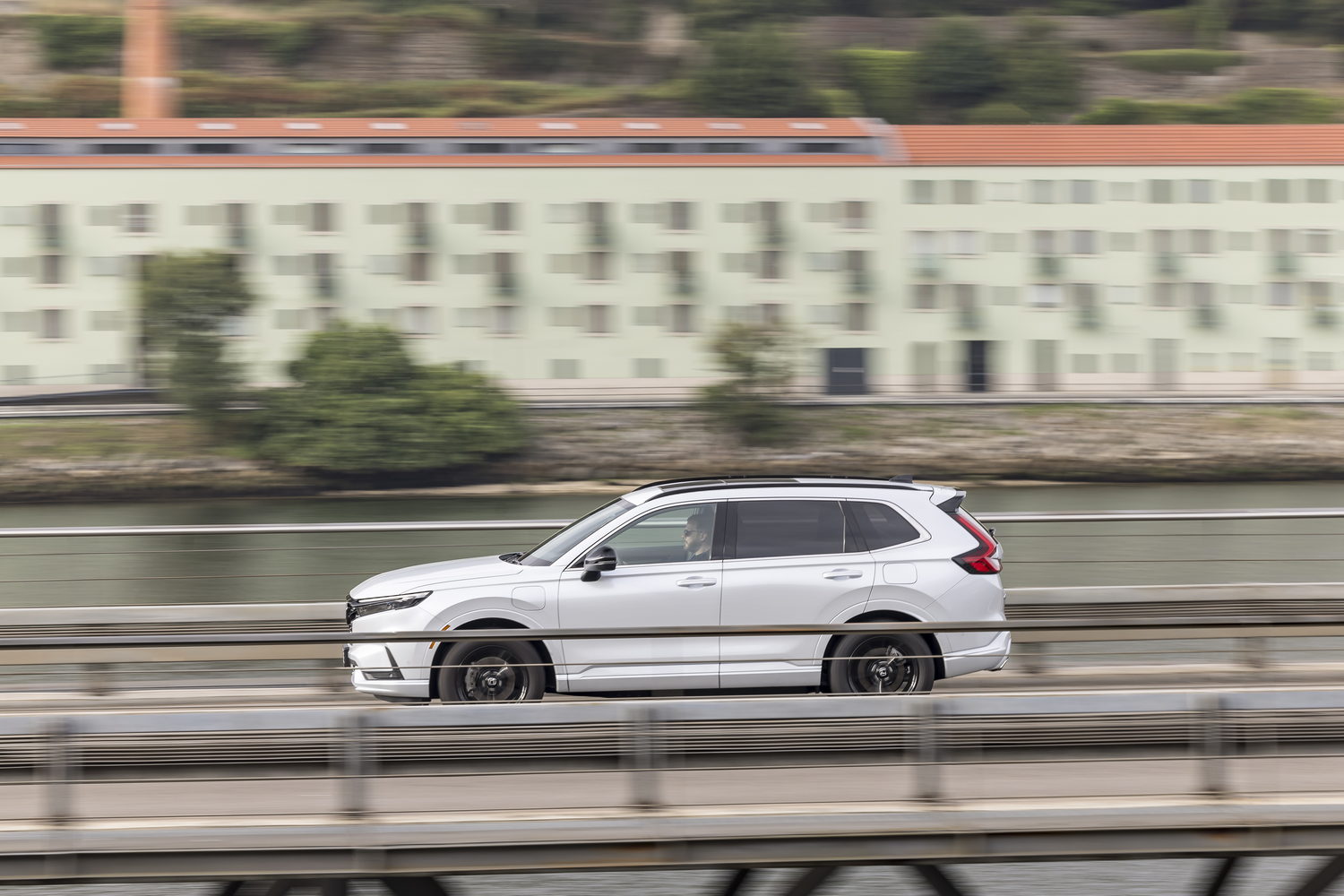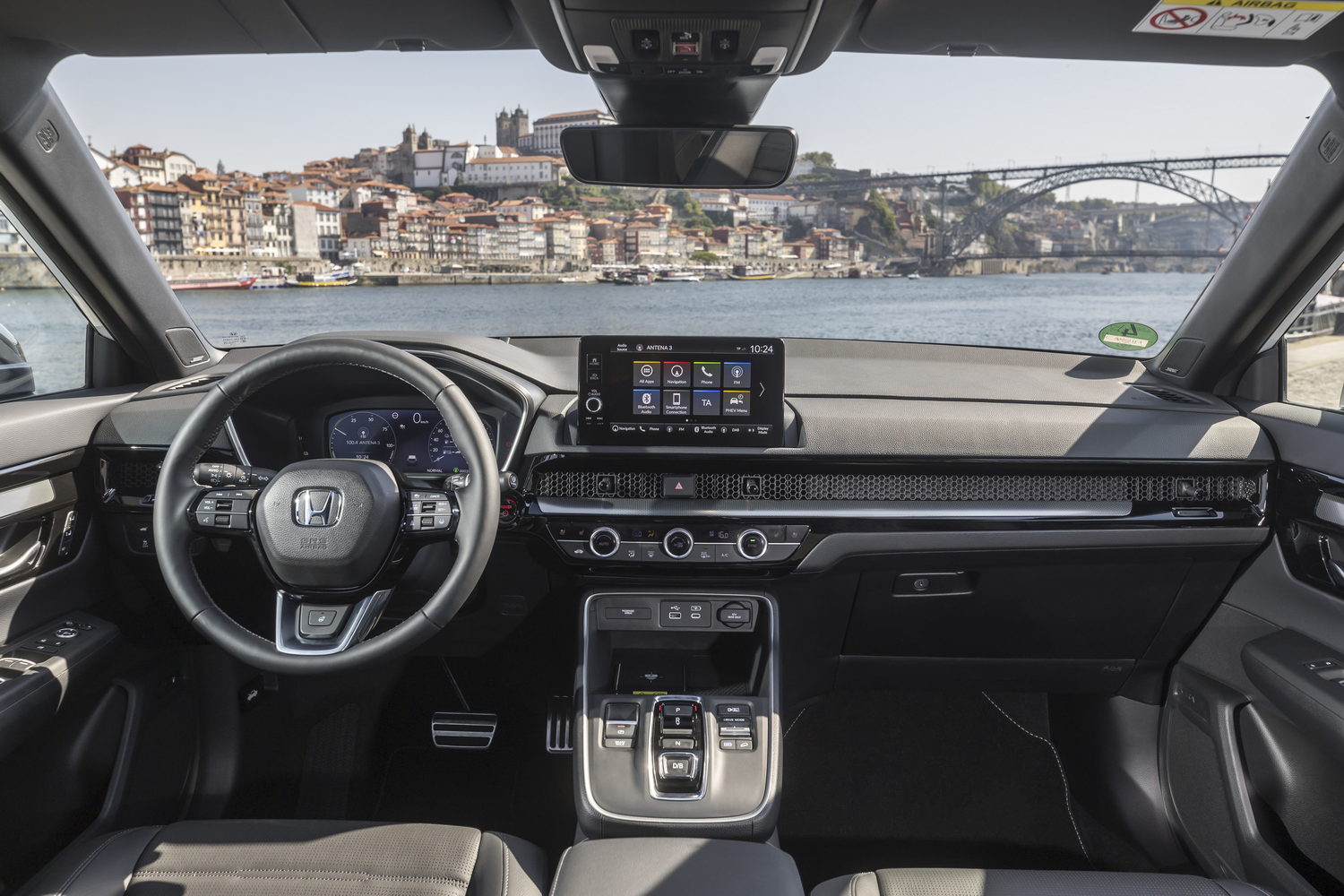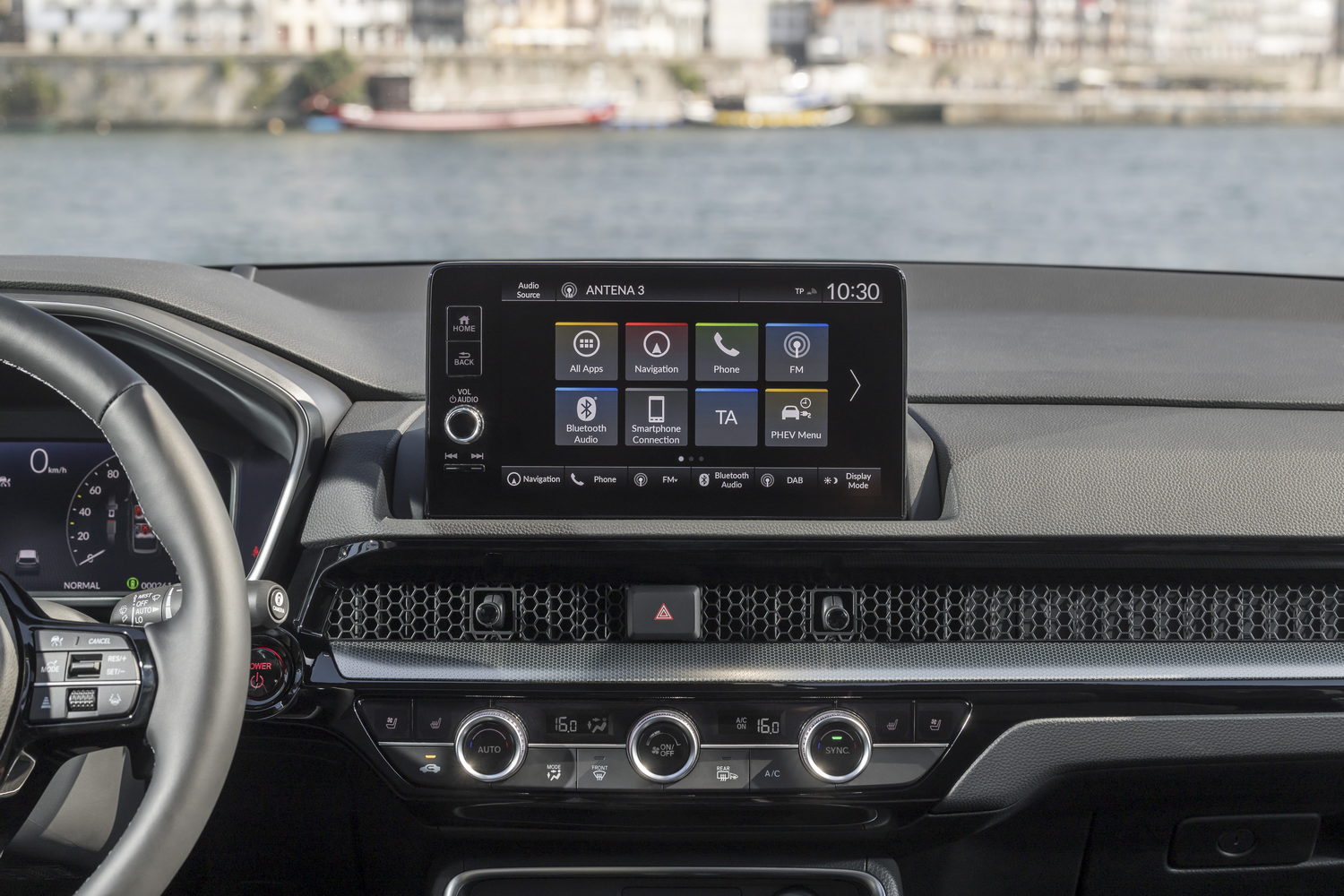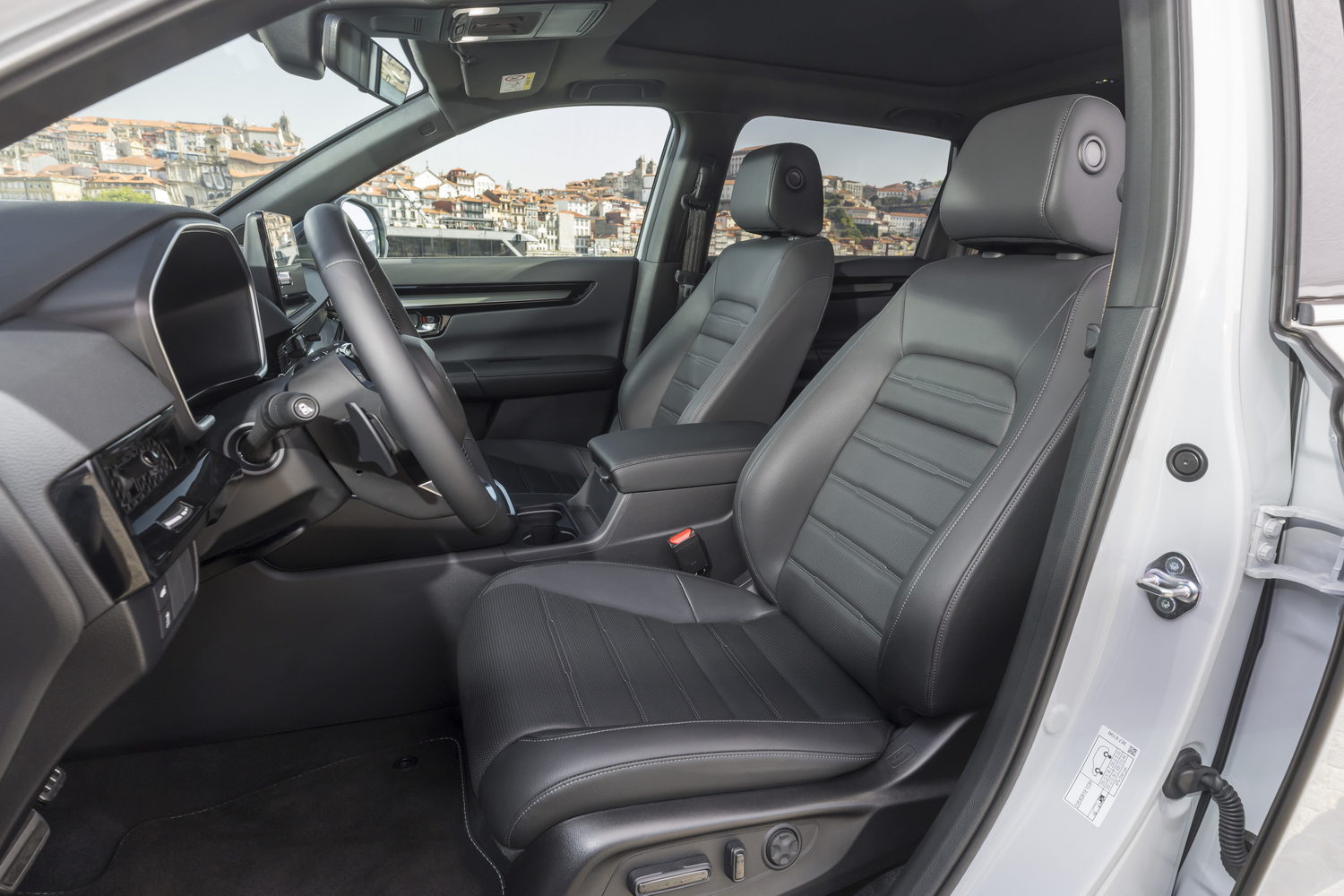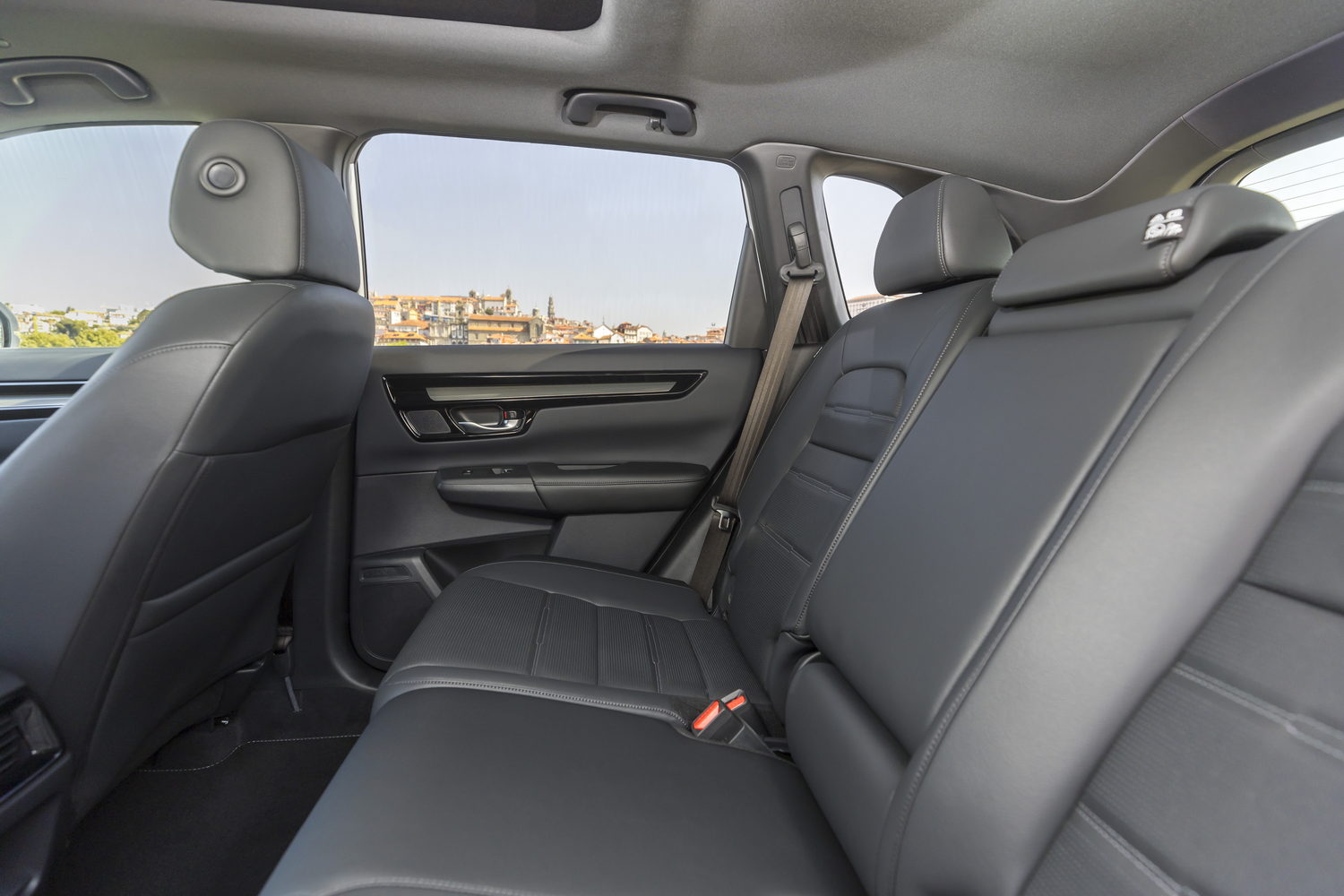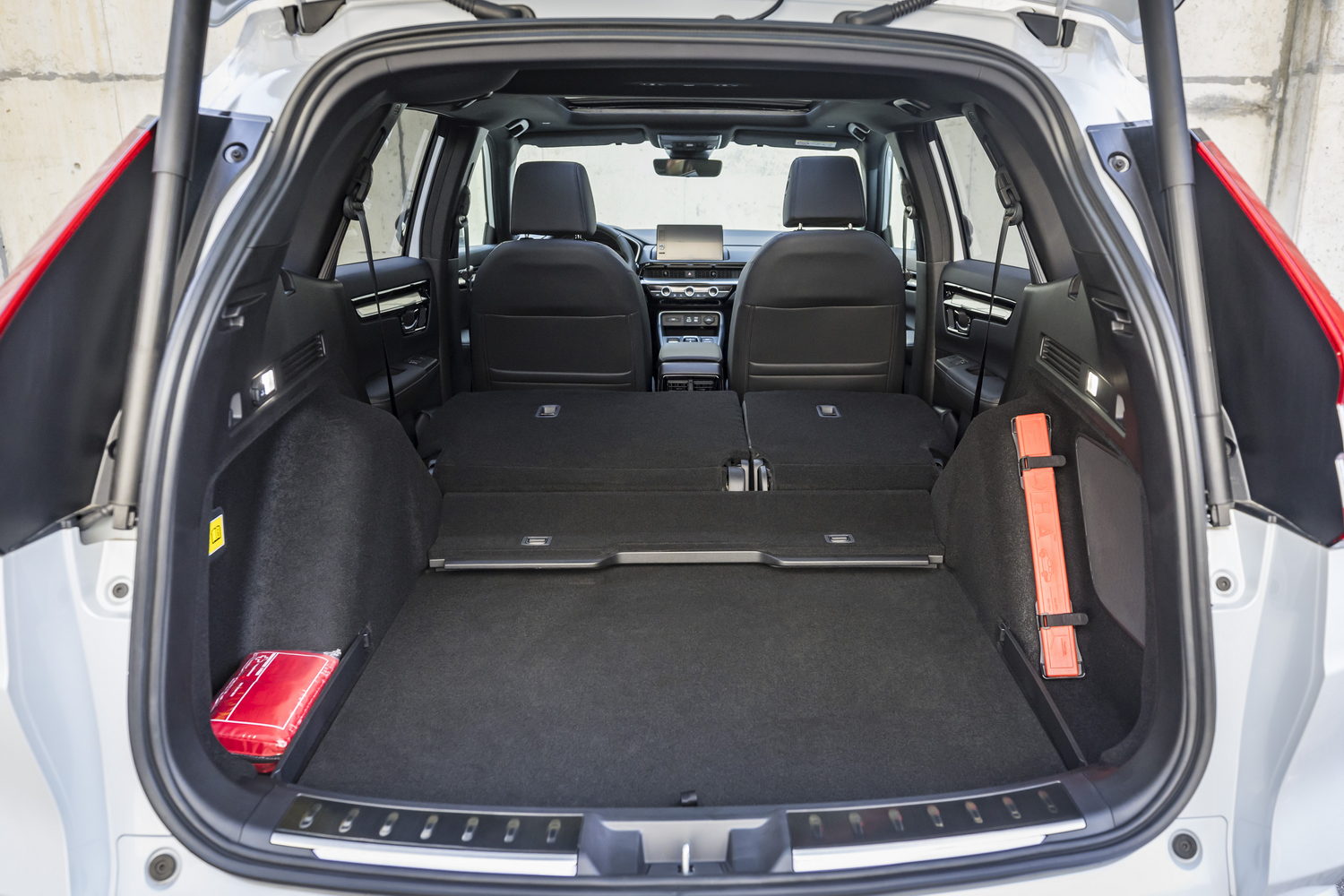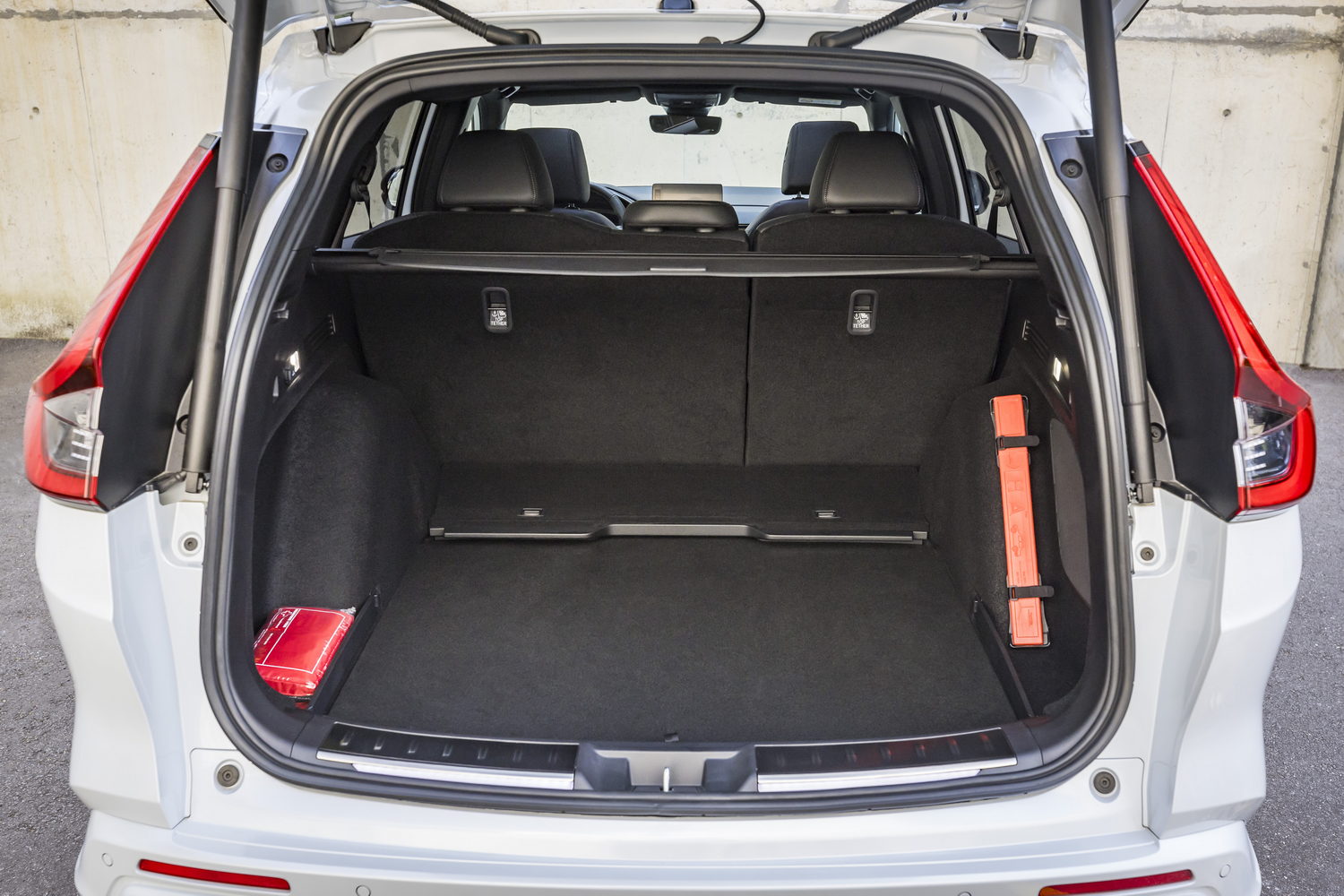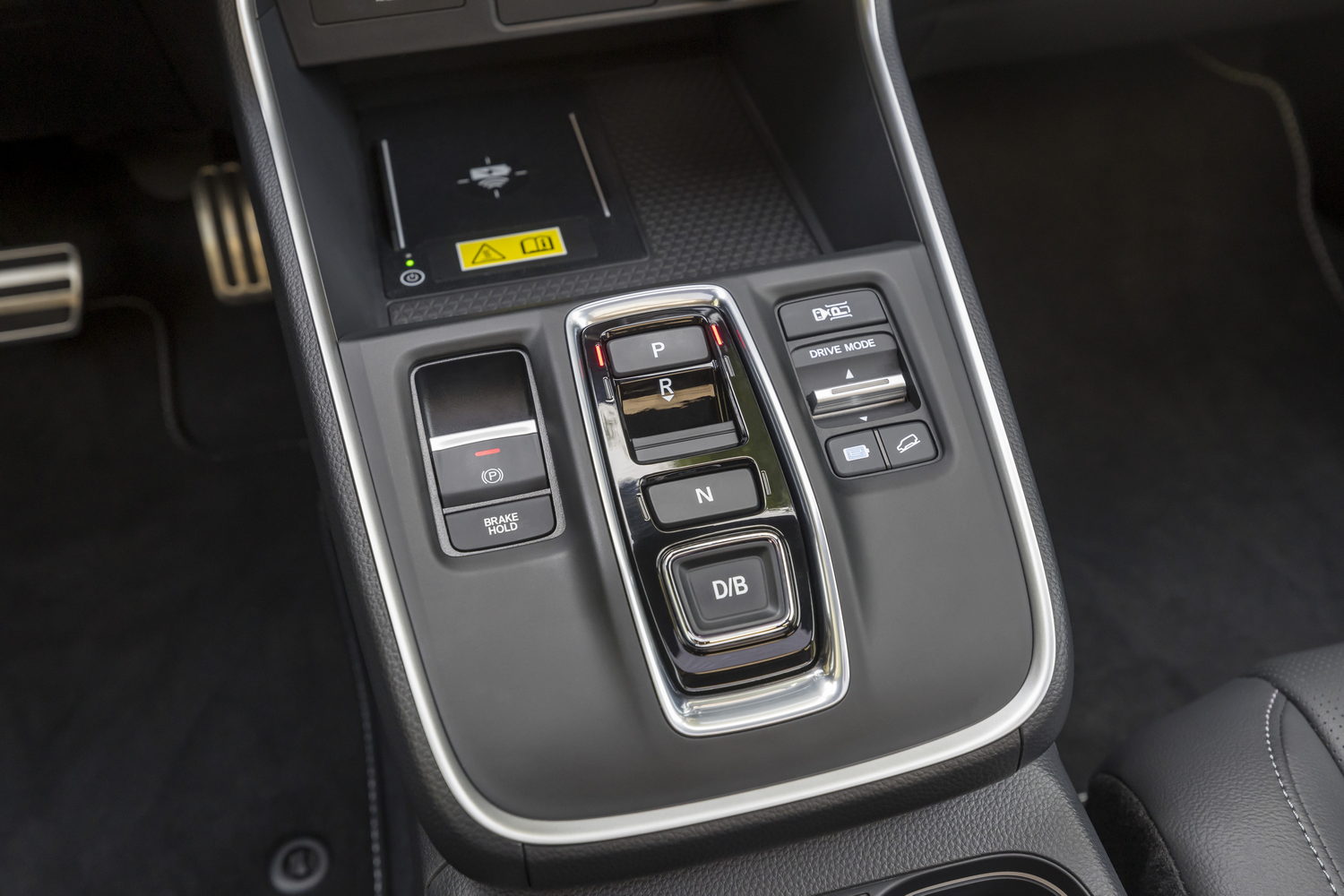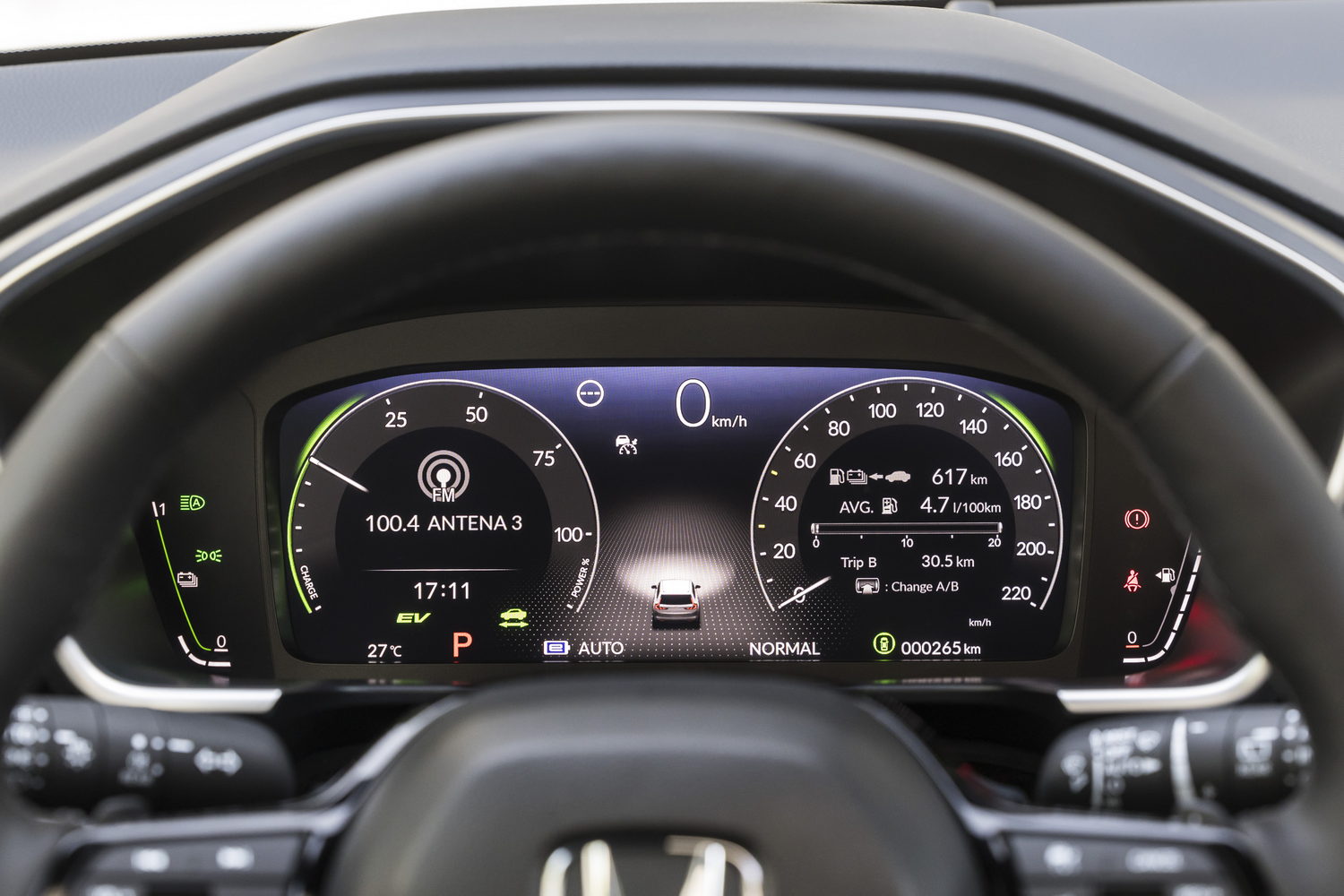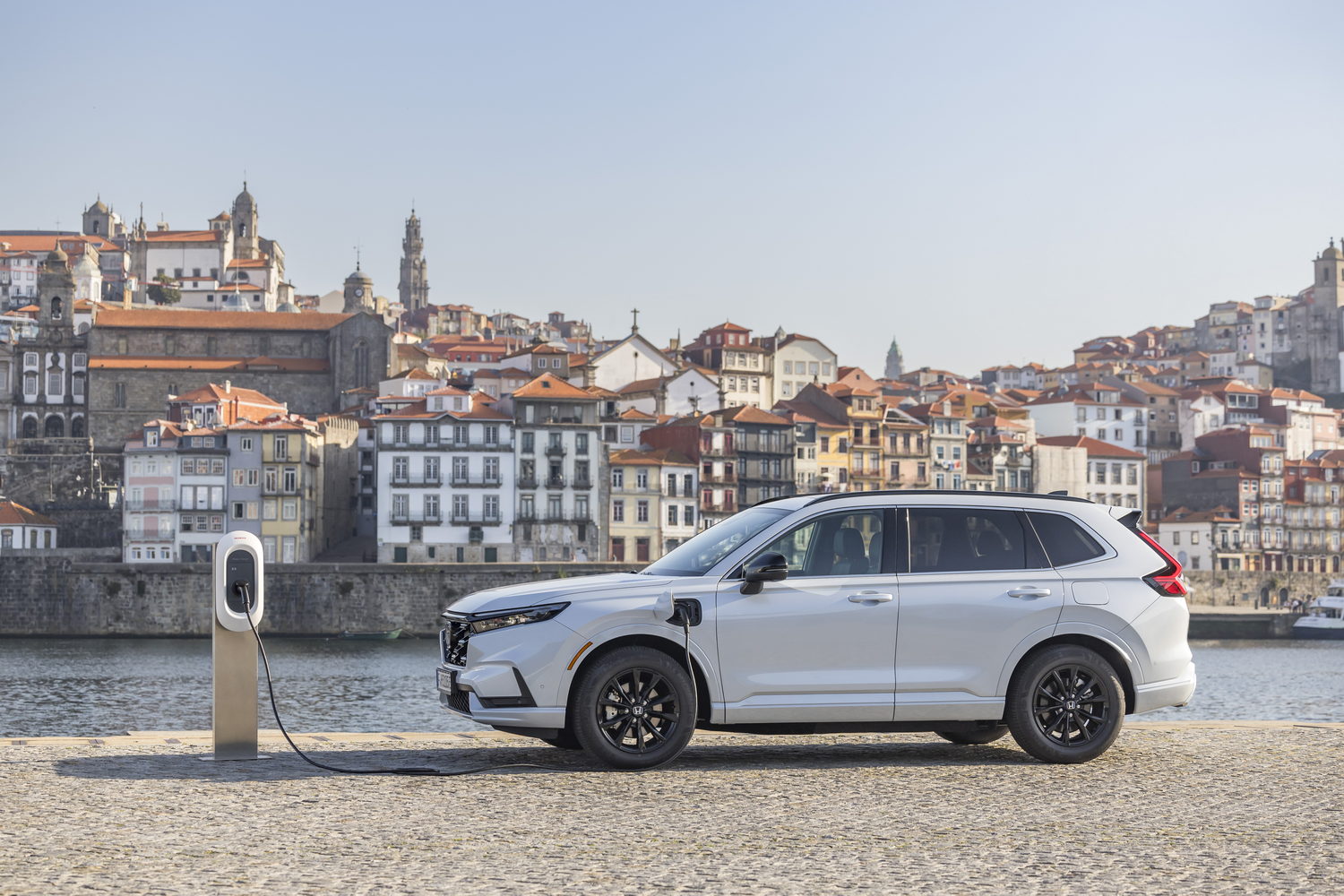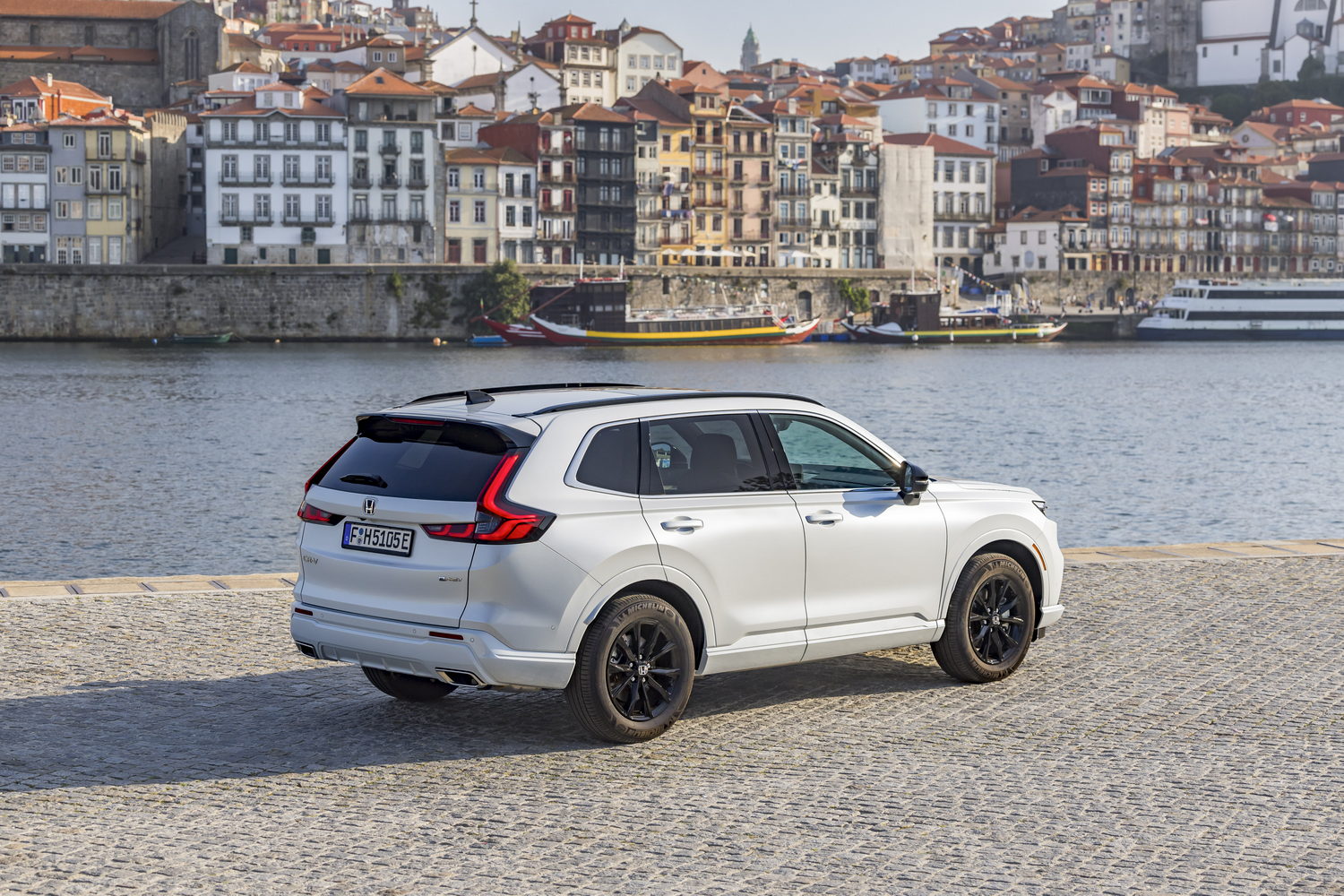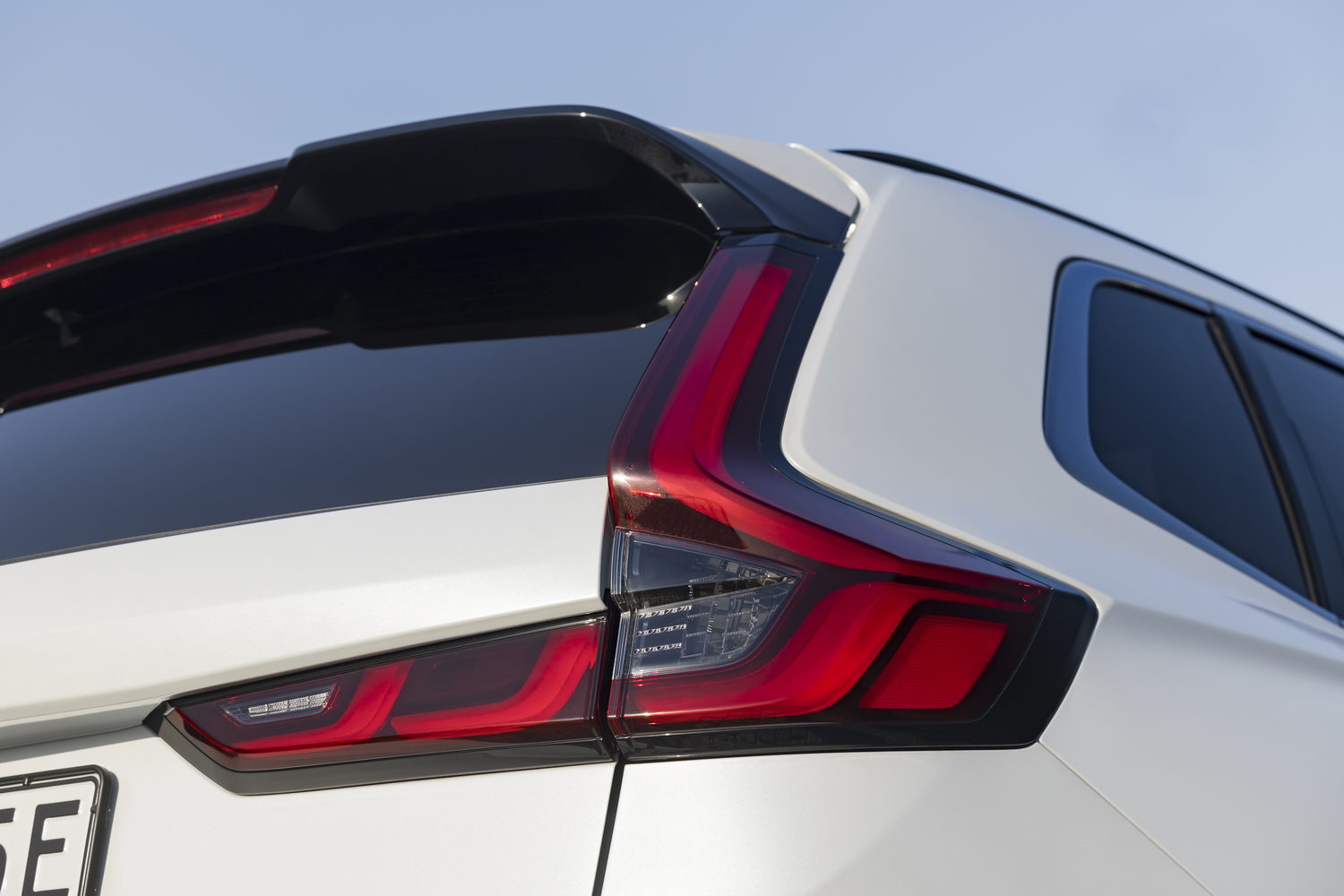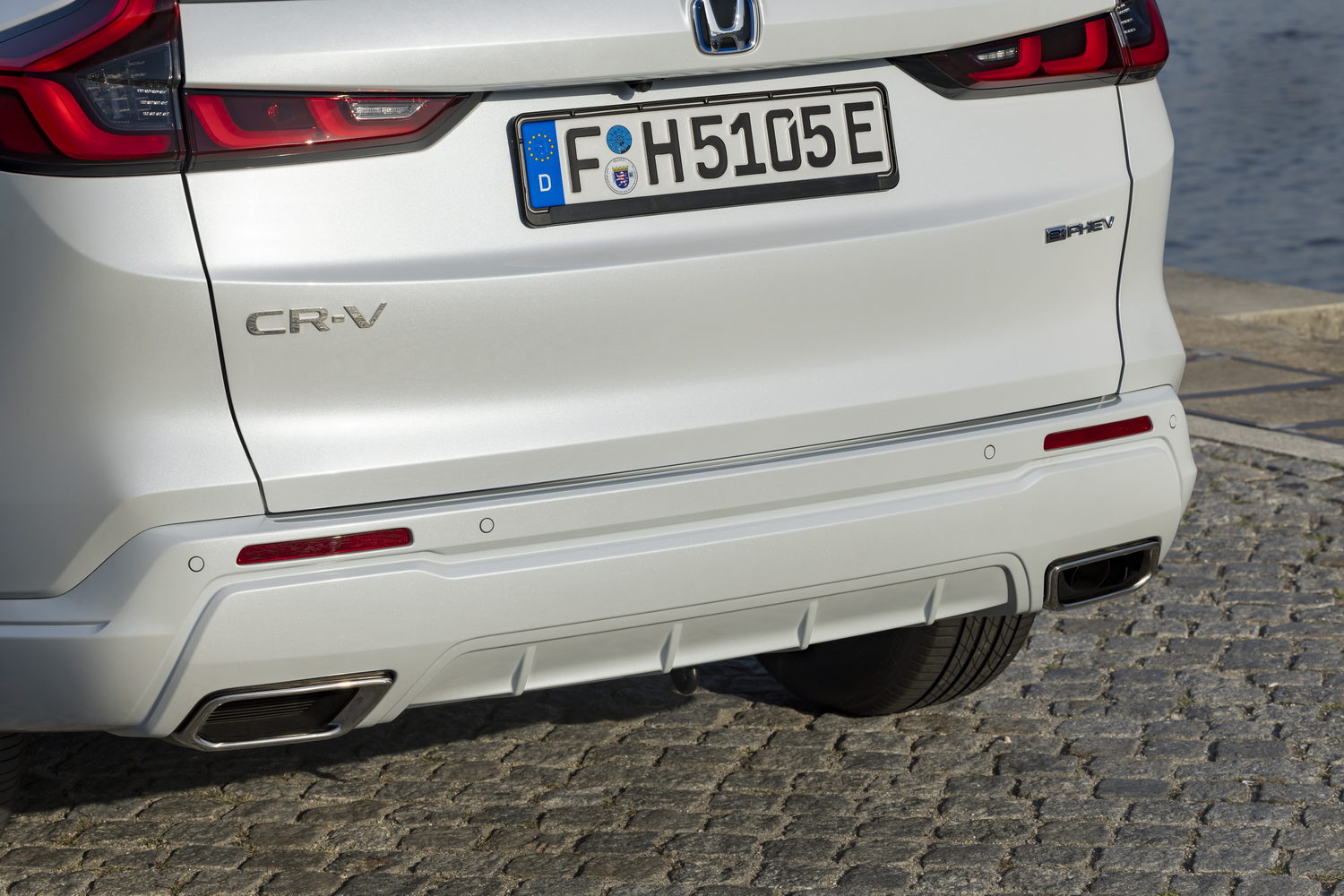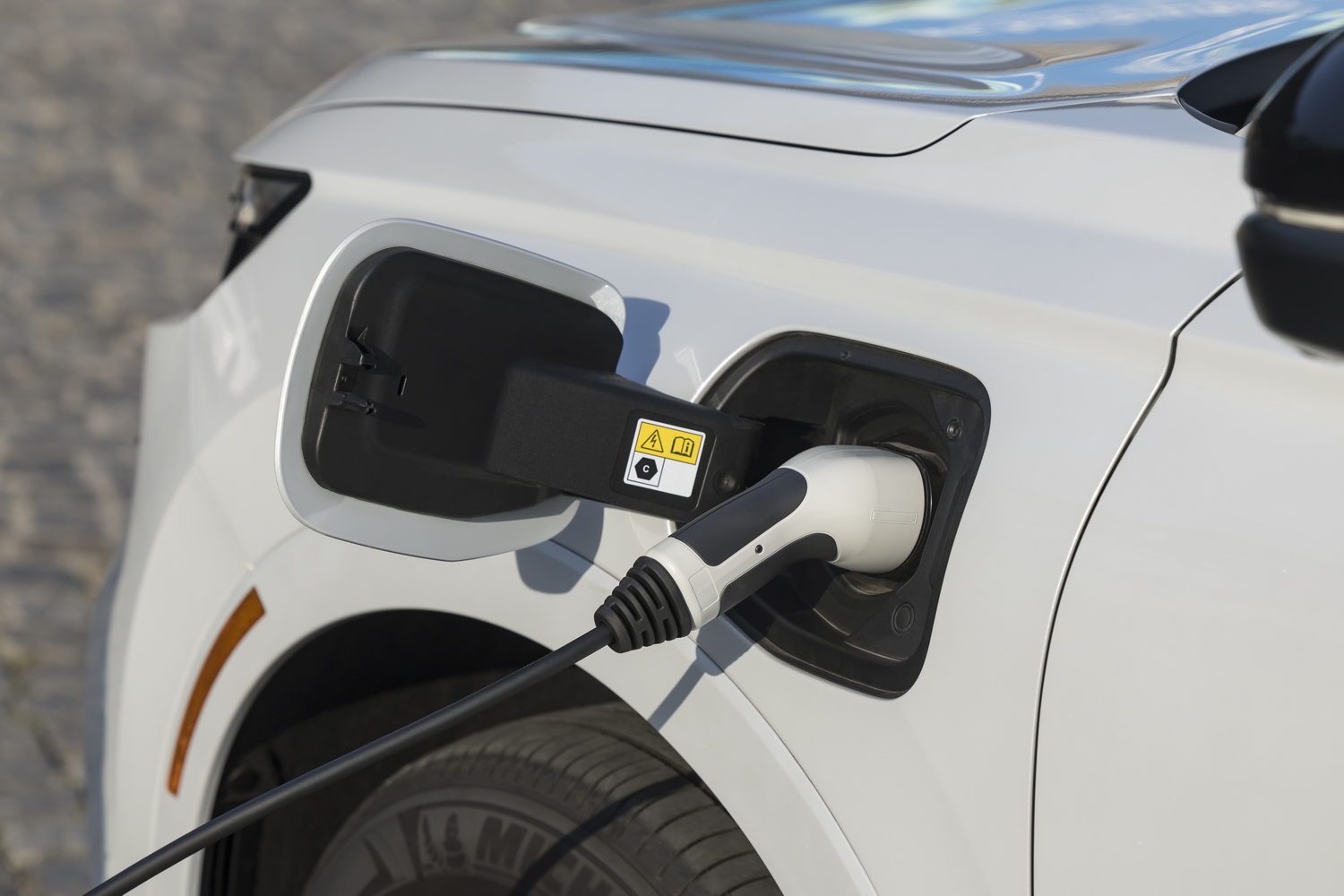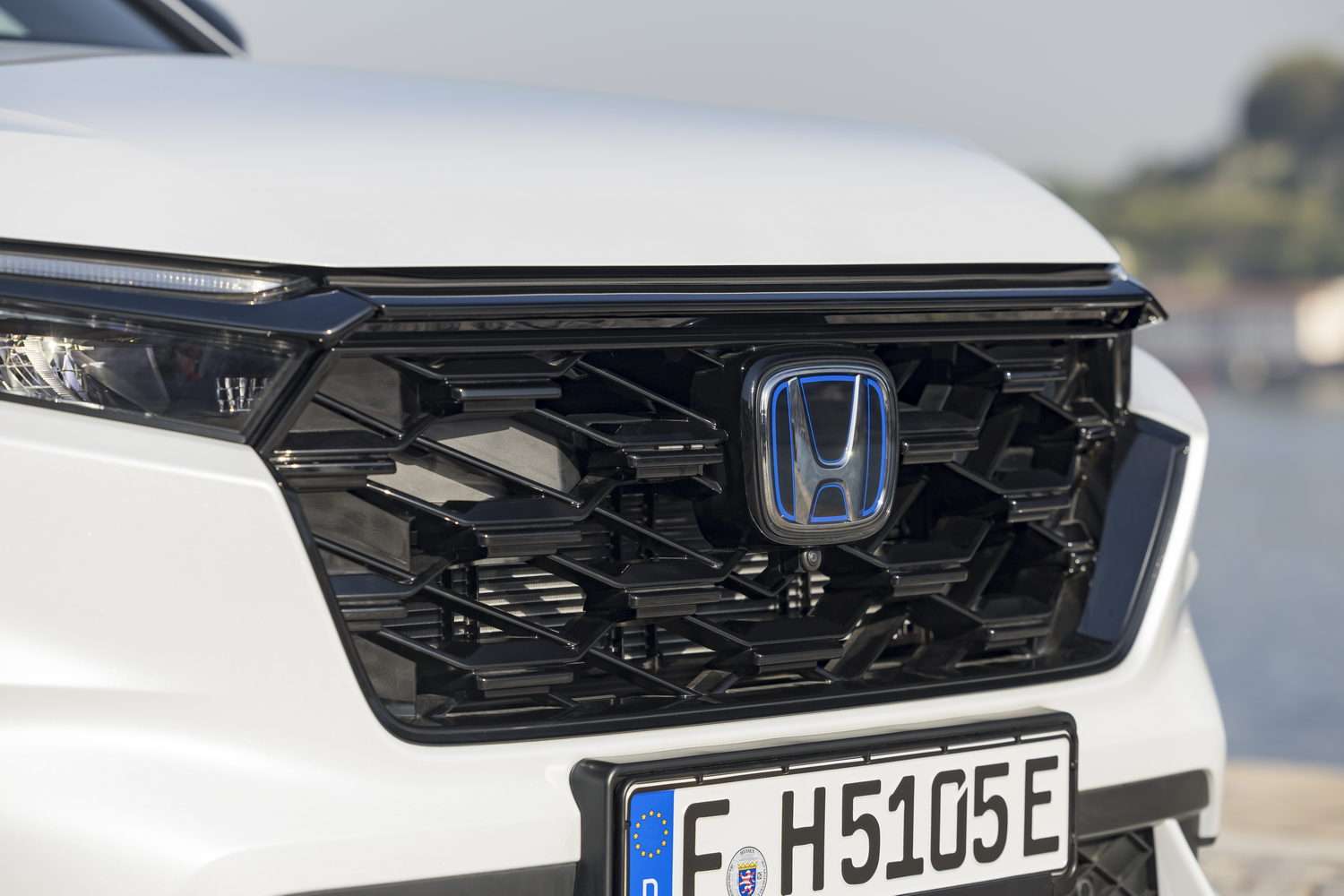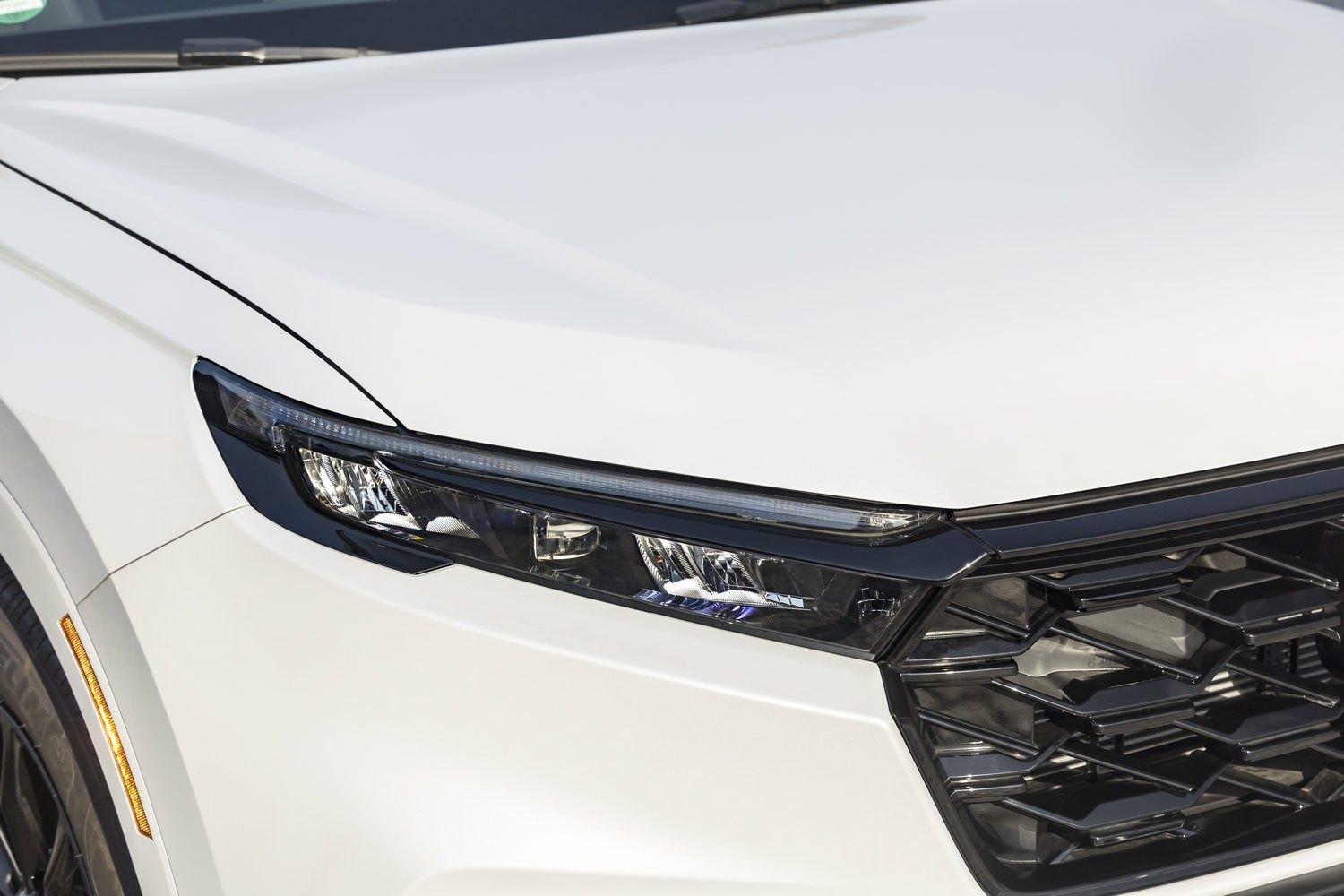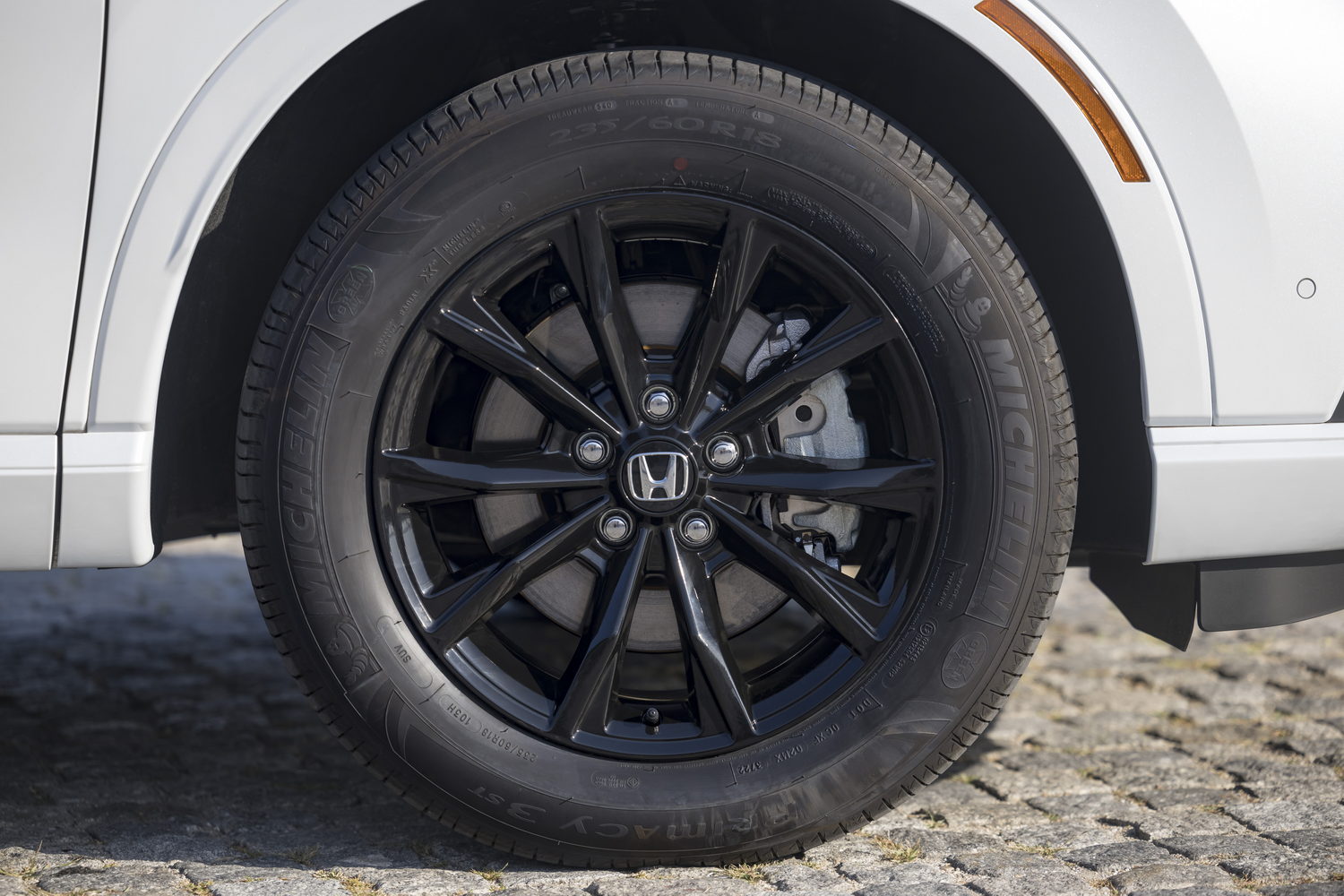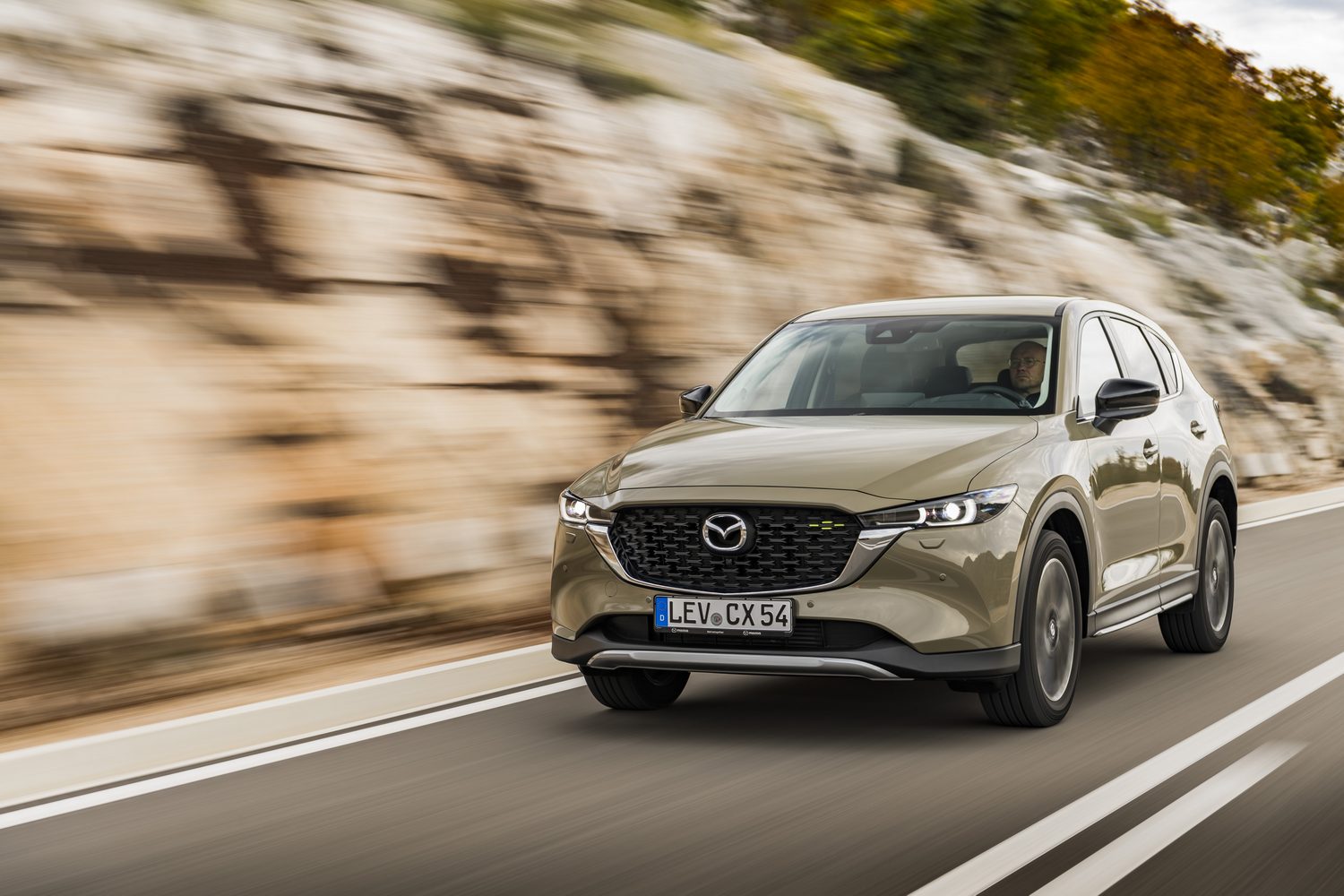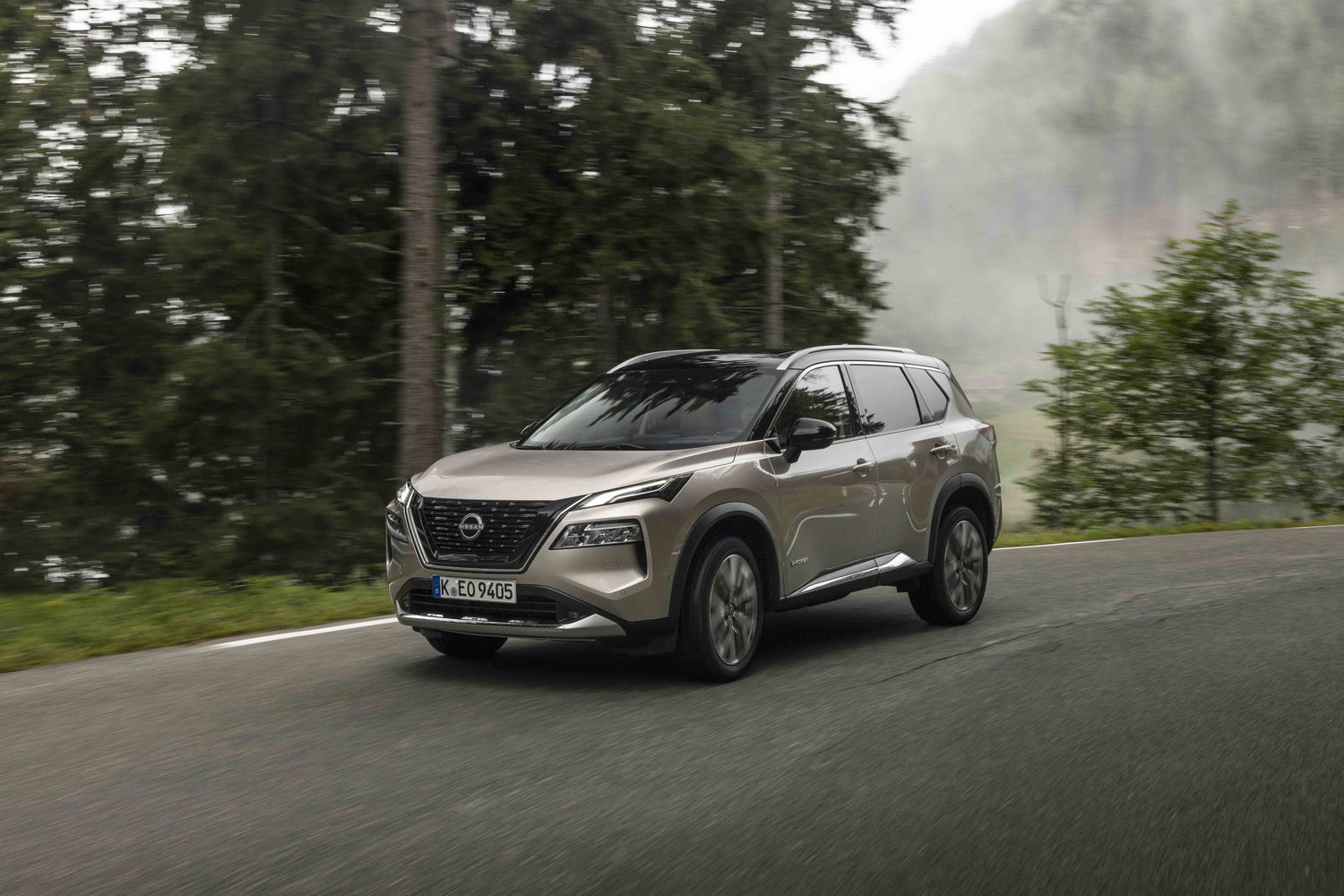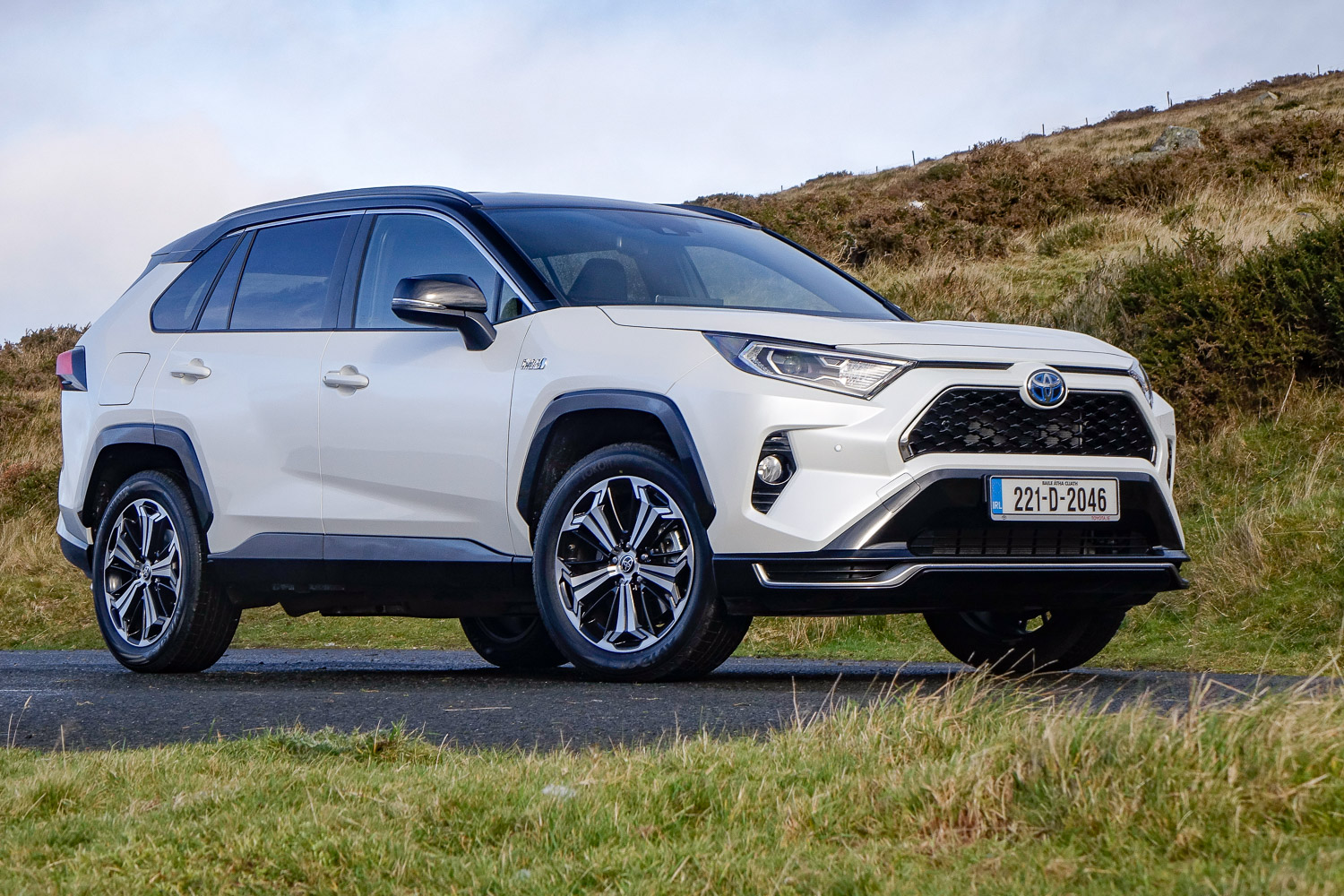Almost 30 years after it was first introduced, the Honda CR-V has become a vital product in the range. Not only is it the flagship SUV for the Japanese brand, but it's also one of the world's most popular SUVs, so there's quite a weight of expectation resting on the shoulders of this new, sixth-generation model. Offering an all-new body, refined hybrid systems and improved on-board tech, it's hoping to solve all the problems of the outgoing model, without losing the comfort and space that made the fifth-generation car appealing. Will it succeed?
In the metal
All things considered, the outgoing Honda CR-V was quite a likeable thing, but it wasn't without its faults. The exterior design was a bit bulbous, and the interior was beginning to look old almost as soon as the car was launched. Happily, Honda has addressed all those things in one way or another, but it hasn't necessarily done so in the way you might expect.
For starters, the brand that has often displayed its wacky side with cars such as the CR-Z and the 'spaceship' Civic of the mid-to-late 2000s has suddenly gone all corporate with the styling, creating what can only be described as a fairly generic large SUV. As a measure of its homogeneity, it appears to have borrowed some parts from other SUVs, such as the Suzuki S-Cross-inspired grille and the Volvo-like shape of the hind quarters. The lights have a hint of BMW about them, particularly at the rear, and the bland sides remind us of the Mitsubishi Outlander of the mid-2010s.
The advantage of being conservative is that nobody will ever call the CR-V ugly, because it isn't. It's almost handsome, and it certainly looks more modern than its predecessor. But if you think the CR-V's exterior looks more modern, just wait until you see the interior.
Those familiar with the current crop of Honda products will doubtless recognise most of the dashboard design features from the Civic and ZR-V, but those more familiar with the outgoing CR-V will see the new interior as a giant leap forward. The wide, clean dashboard design incorporates more modern technology, as well as a smart grille that hides the air vents, and it all looks much more contemporary than before. It's well built, too, with impressively solid construction and premium materials, even if some of the plastics still look a little cheaper than we might have hoped. It's quite monotone, too, even though Honda has tried to jazz it up with some metal-effect dashboard trim.
In truth, though, the biggest problem with the old CR-V was its underwhelming in-car technology, and the new touchscreen and digital instrument cluster (both of which come as standard and are also seen on the Honda Civic and ZR-V) have righted that wrong. Don't get us wrong, they aren't perfect, but they're so far ahead of the bitty old screens that we'll forgive the occasionally confusing navigation graphics.
That's actually underselling the technology in the CR-V a bit because it's largely very impressive. Sure, it all feels modern, rather than ground-breaking, but we have plenty of time for systems that simply go about their business with minimum fuss. The digital instrumentation is a prime example of that, with a clear and configurable display that isn't fancy, but is very easy to read. And when you're trying to use it every day, that's what really matters.
And the two screens aren't the only technological developments in the new CR-V. Honda has also introduced its latest suite of safety systems, called Honda Sensing 360. This uses sensors around the entire car to create a wall of defences designed to help the driver avoid accidents. Some of the systems are well understood these days, such as the autonomous emergency braking and the lane departure warning, but the new system also includes technology that warns drivers of oncoming vehicles when pulling out of junctions and another that can steer the CR-V away from other vehicles if the driver tries to change lane at an unsafe moment. Then, once the coast - or indeed the blind spot - is clear, the car will help the driver change lanes.
For all this fresh technology, however, the highlight of the new CR-V's interior is undoubtedly the space available. While it's true that Honda has scrapped the seven-seat option for the new CR-V, citing a lack of demand, the five seats that remain are all reasonably roomy, even with the panoramic glass roof that's fitted to every model as standard. Both legroom and headroom are ample even for taller passengers, and the newfound ability to recline the rear seats to one of eight different settings should improve comfort yet more.
It will eat into cargo space slightly, though, but we don't envisage that being much of a problem. The basic CR-V, the full hybrid e:HEV, has a 598-litre boot that's pretty competitive in this part of the market, even if it isn't a class leader. And strangely, thanks to Honda's decision to fit the traction battery under the floor of the cabin, rather than under the boot, the plug-in hybrid e:PHEV model is even more spacious, with a 635-litre load bay when all five seats are upright.
Driving it
Although the new CR-V is available with a choice of two different hybrid powertrains, they aren't quite as different as they sound. In fact, both are centred on the same 2.0-litre petrol engine and a clever transmission that includes the electric motors - a system that is in itself merely a development of the i-MMD hybrid in the outgoing CR-V.
Naturally, Honda has tweaked the system, creating a little more torque and improving refinement slightly, as well as adding a second gear ratio to the transmission for improved efficiency. But the two powertrains are so similar that they offer exactly the same peak 184hp power output and 335Nm of torque.
The big differences, therefore, are in the battery and where the power goes. In the e:HEV hybrid, the electric motors drive the wheels most of the time, with the petrol engine acting as a power station to keep the relatively small battery topped up. Only at higher speeds will the engine drive the wheels. Buyers in Europe are offered a choice of front- or all-wheel-drive systems, although it's currently unclear whether the front-drive e:HEV will be sold in Ireland.
In contrast, the e:PHEV tested here has a 17.7kWh battery mounted under the floor, allowing the car to drive for around 80km on electrical power alone. Once that energy is exhausted, the car reverts to the same hybrid system as the e:HEV. That means customers who charge regularly will be able to effectively use the CR-V as an electric car for short journeys, and as a more conventional hybrid on longer trips, offering the best of both worlds - at least in theory.
Achieving the outrageous official economy figure will be a stretch, but Honda reckons the CR-V e:PHEV should be just as efficient as the e:HEV when the battery is depleted, because it's available solely with a more efficient front-wheel-drive system.
That means the all-wheel-drive e:HEV will be the car of choice for those intending to do a bit of off-roading or living in remote areas, but for everyone else, the plug-in hybrid will be a slightly more appealing proposition. Although it's heavier than the e:HEV, it seems to ride with more composure, ironing out the bumps with more aplomb than the slightly jiggly hybrid, which seems to be a little too stiffly sprung. Neither car is uncomfortable, but the e:PHEV just feels that bit more settled and more mature, which makes it a more relaxing companion to waft about in.
And you do waft around in it because it's a refined car. Even the standard e:HEV is pretty quiet, but the e:PHEV makes it difficult to tell whether or not the engine is running at times, with the little EV light in the instrument cluster proving the most obvious clue. There is a bit of road noise on some surfaces, and there's some wind roar around the door mirrors, but the powertrain itself feels smooth and hushed.
Only when you really push it will it make too much noise, but it's responsive enough that you won't need to do that very often. The official 0-100km/h time of 9.4 seconds doesn't sound like much, but it's more than adequate for most situations.
And if you really want to push the CR-V, the handling will reward you. The steering is surprisingly heavy for a Japanese family car, but it's precise and confidence-inspiring, which allows you to make the most of the car's grip. The body doesn't lean too much, either, which is good news for passengers and drivers alike, and what roll there is is well controlled - it doesn't lurch from side to side. Yes, the e:HEV feels a bit lighter on its feet than the e:PHEV, but both are perfectly pleasant cars to drive.
Summary
It's difficult to pass judgement on the new Honda CR-V in context without first knowing the asking price, but we do know the new car has managed to improve in all the areas that hurt the outgoing model most. The improved technology and modernised interior have gone a long way to making the new CR-V more competitive than its predecessor, and the improvements to the hybrid system, including the addition of the plug-in hybrid powertrain, are a bit of a bonus. The modernised design isn't quite as successful - the CR-V looks a bit bland to our eyes - but there's no arguing with the space and solidity of the interior. This is one of those family cars that will slot into your life with consummate ease.

